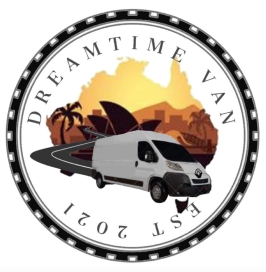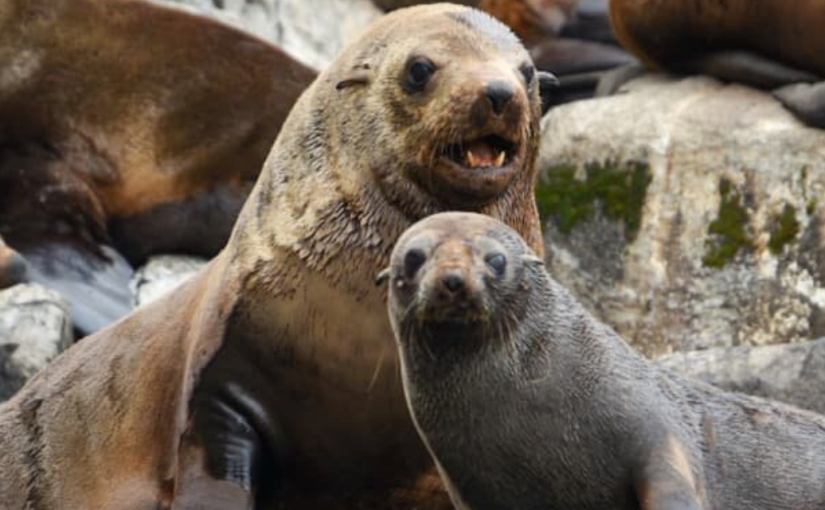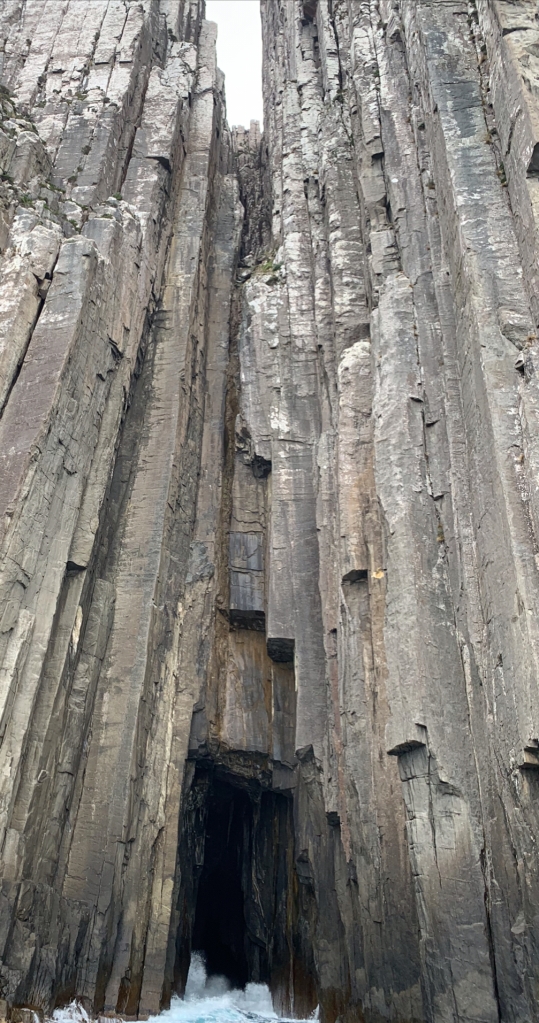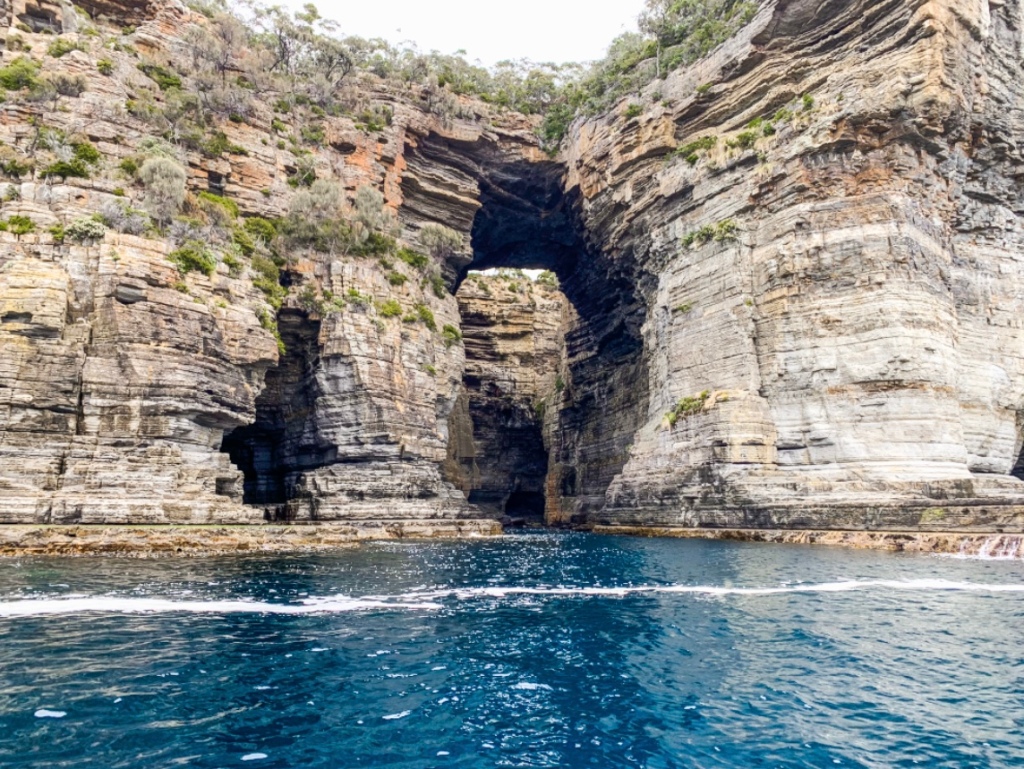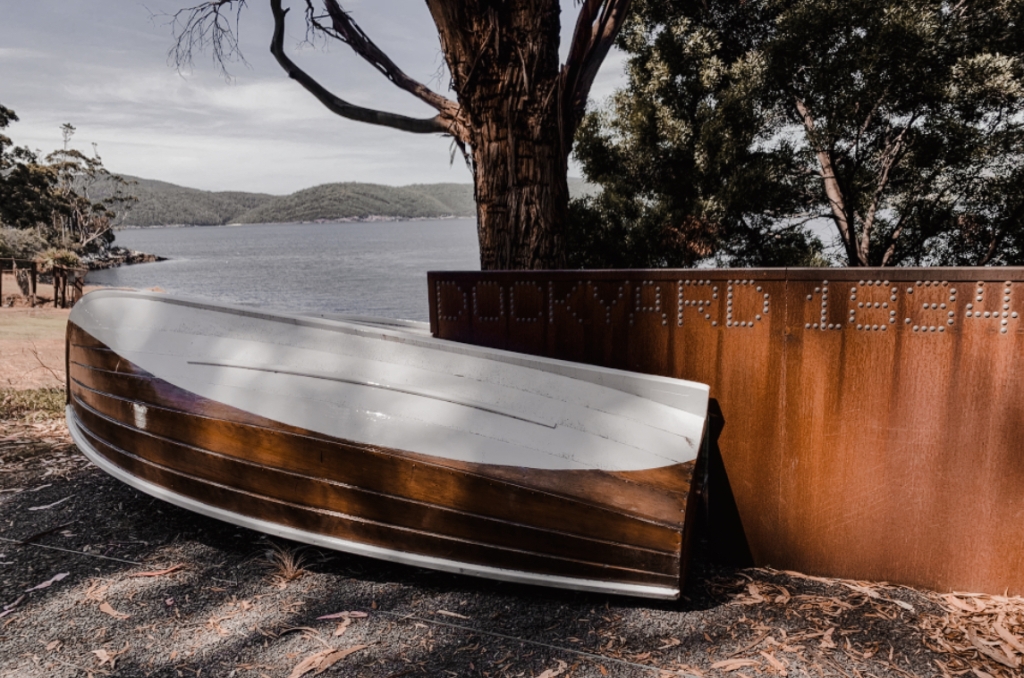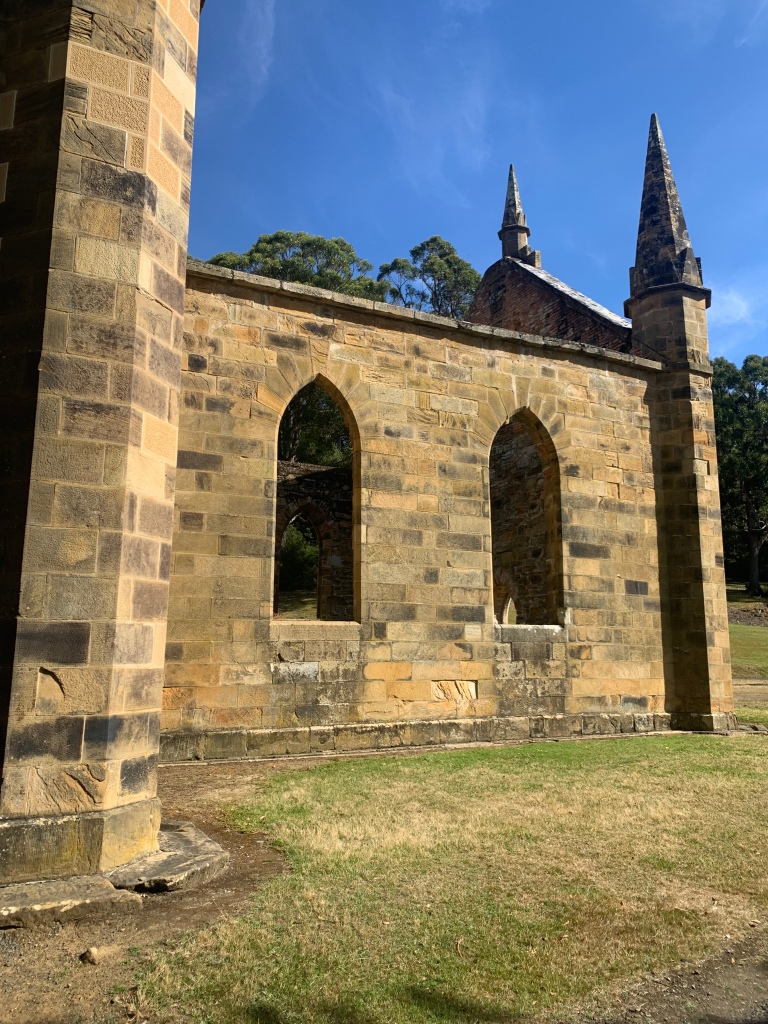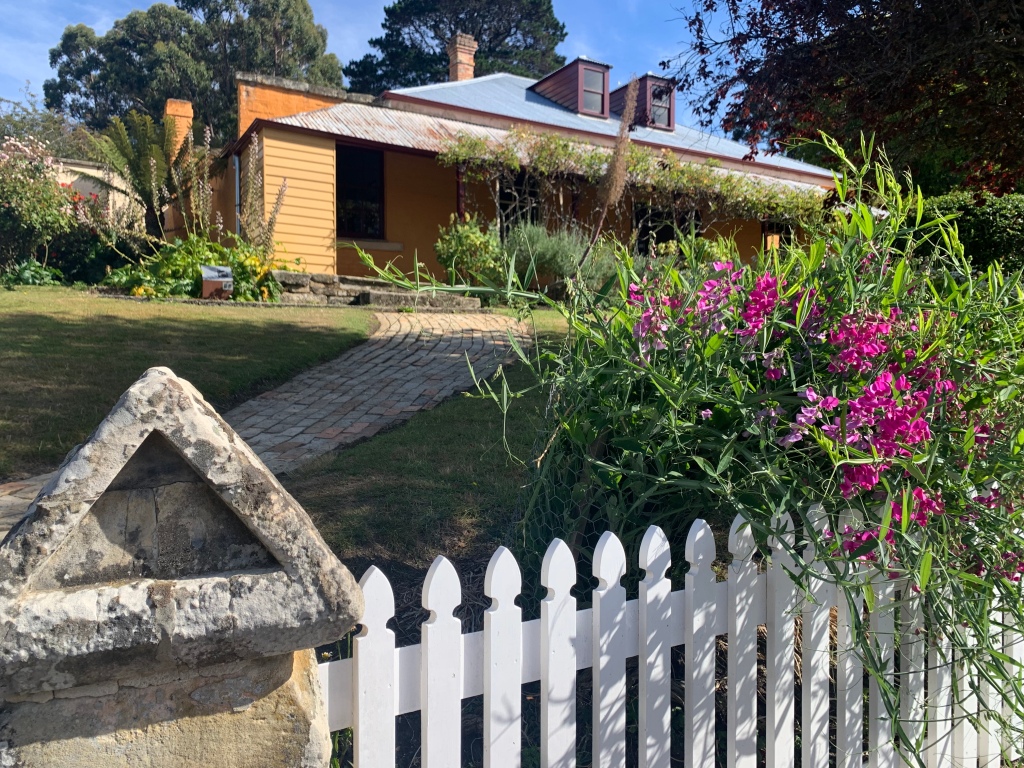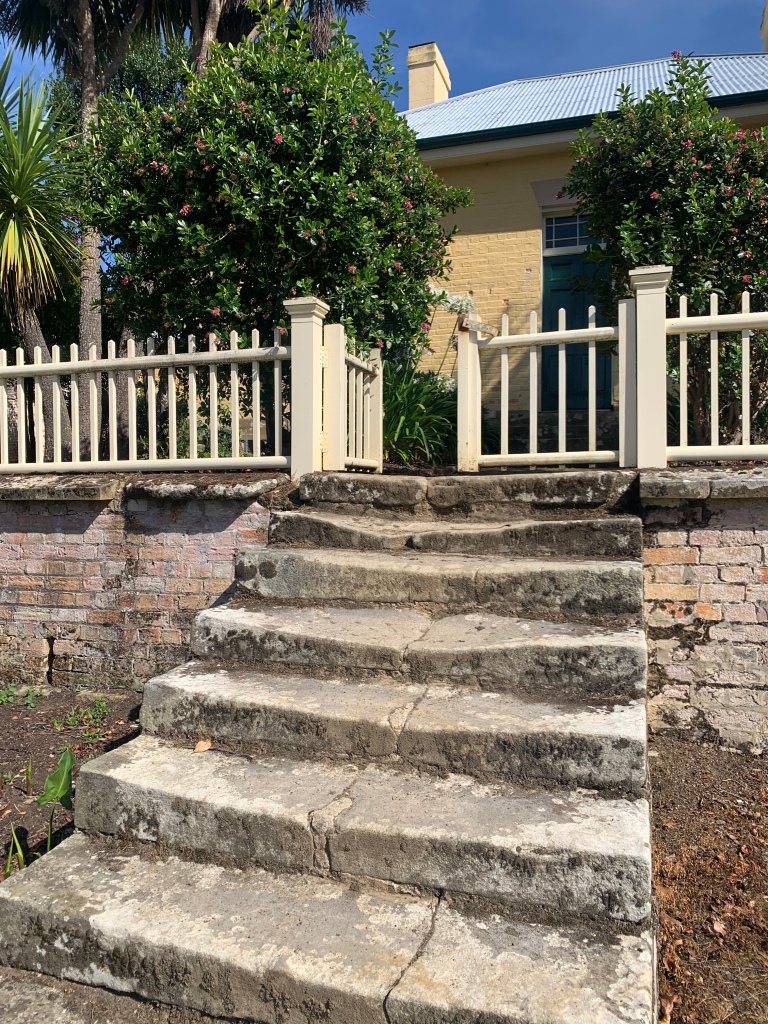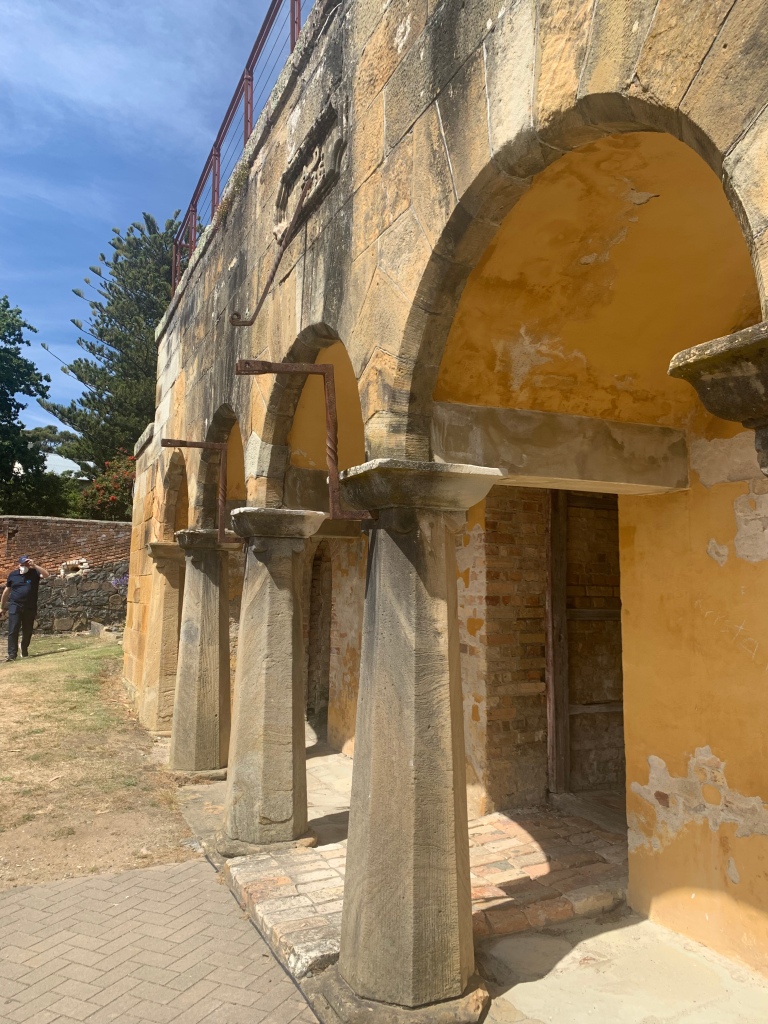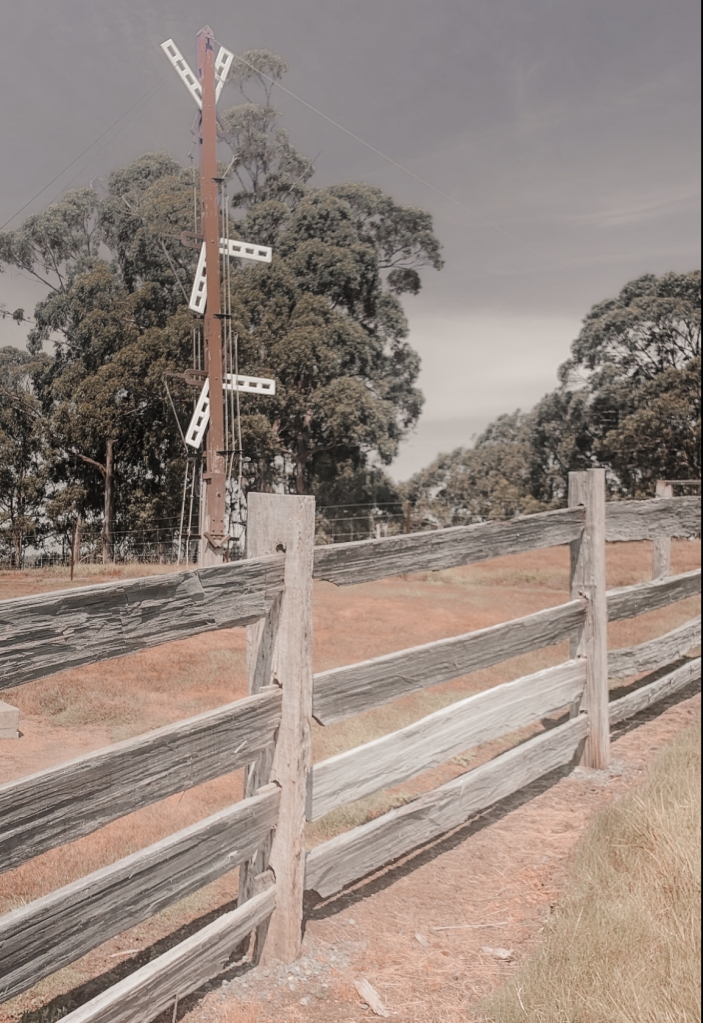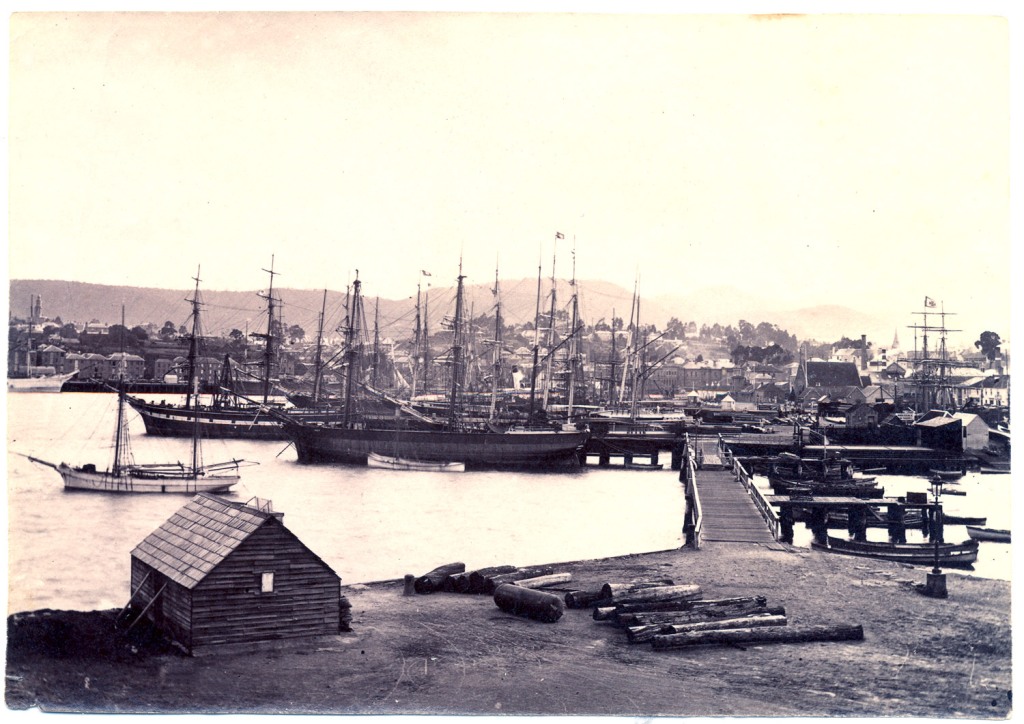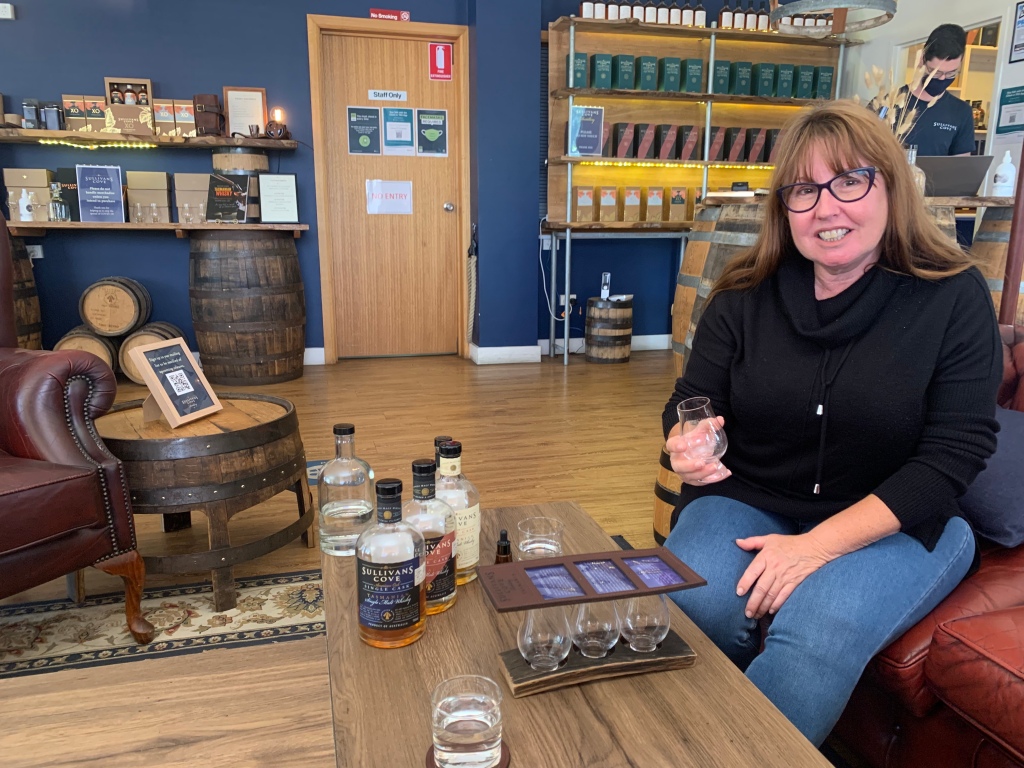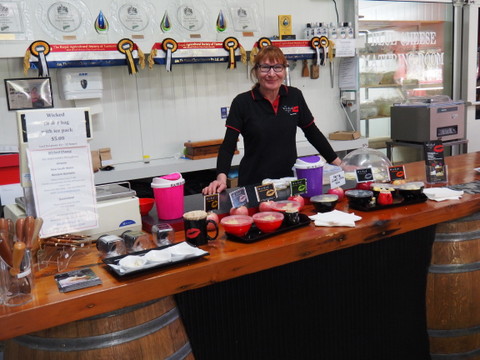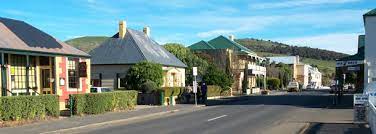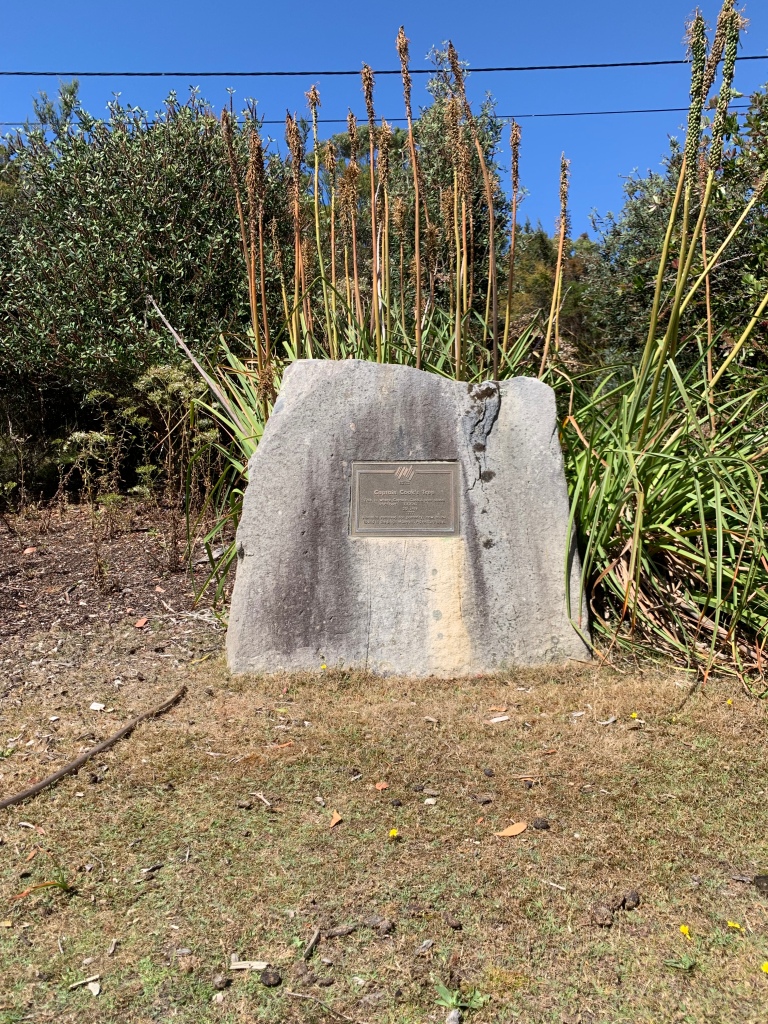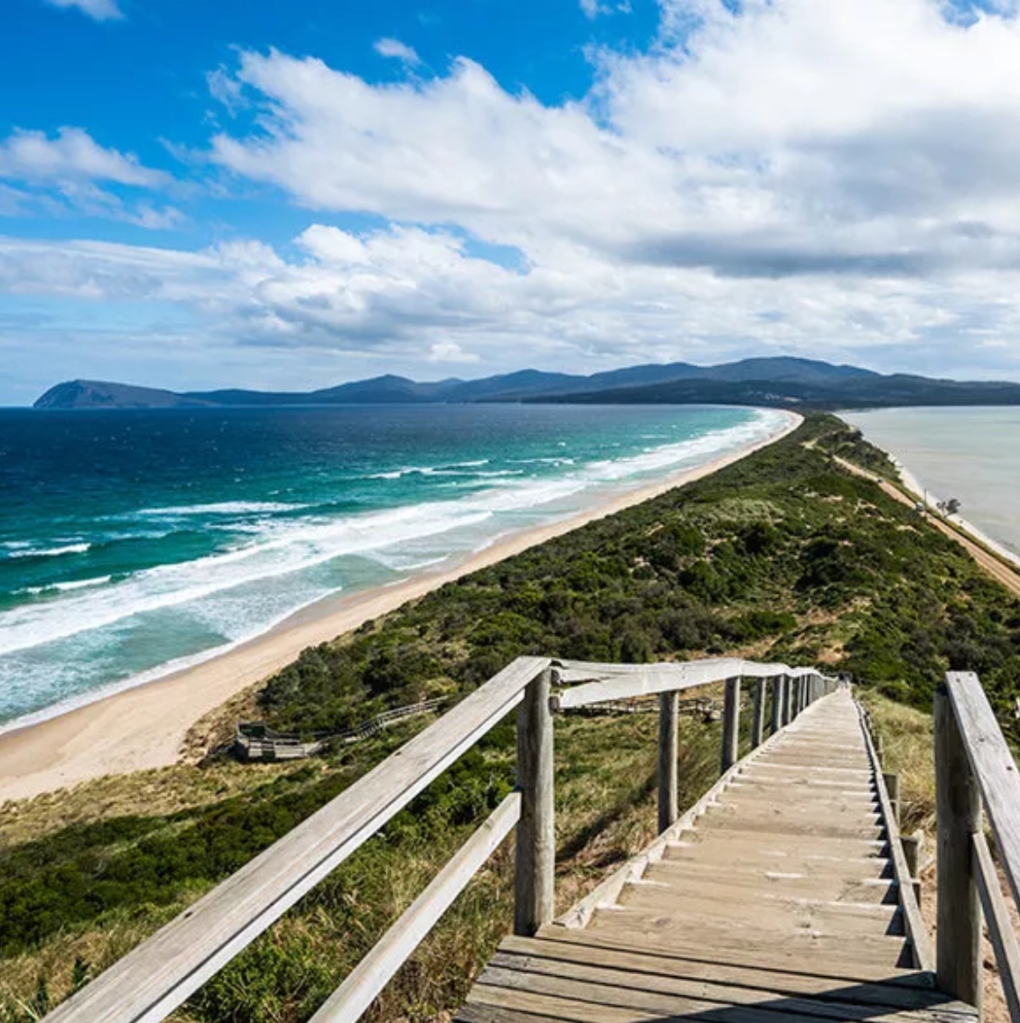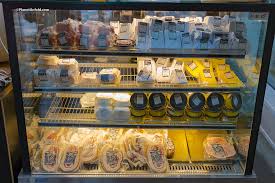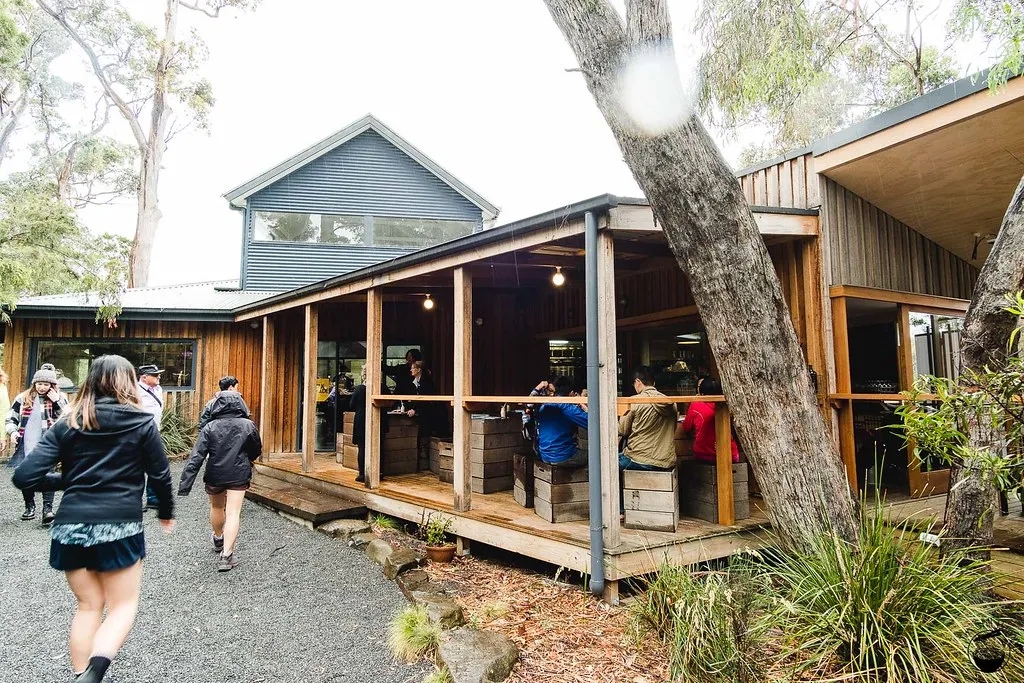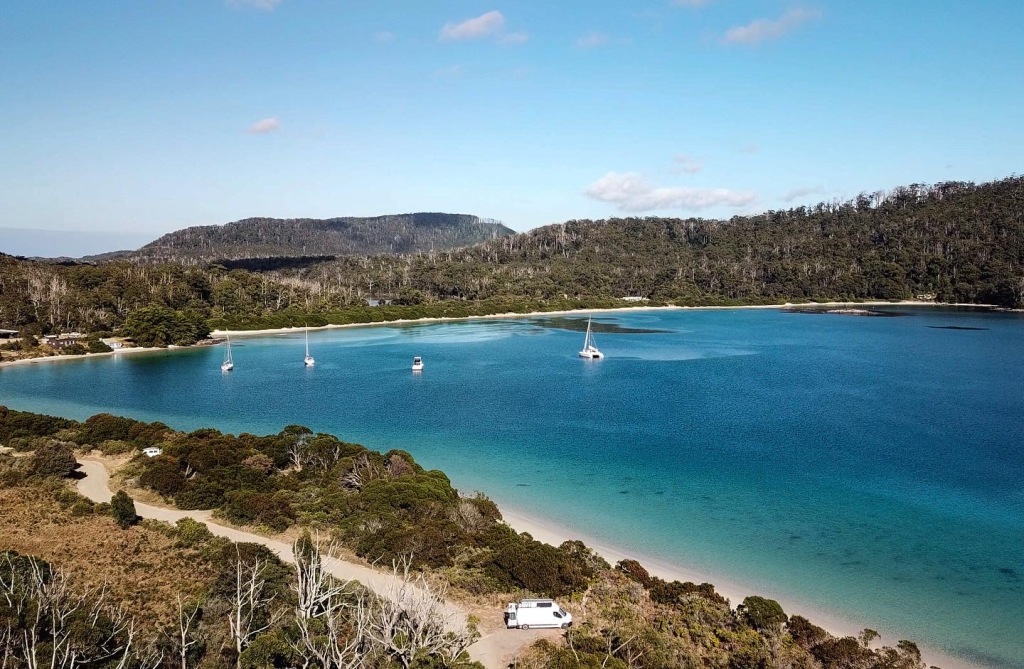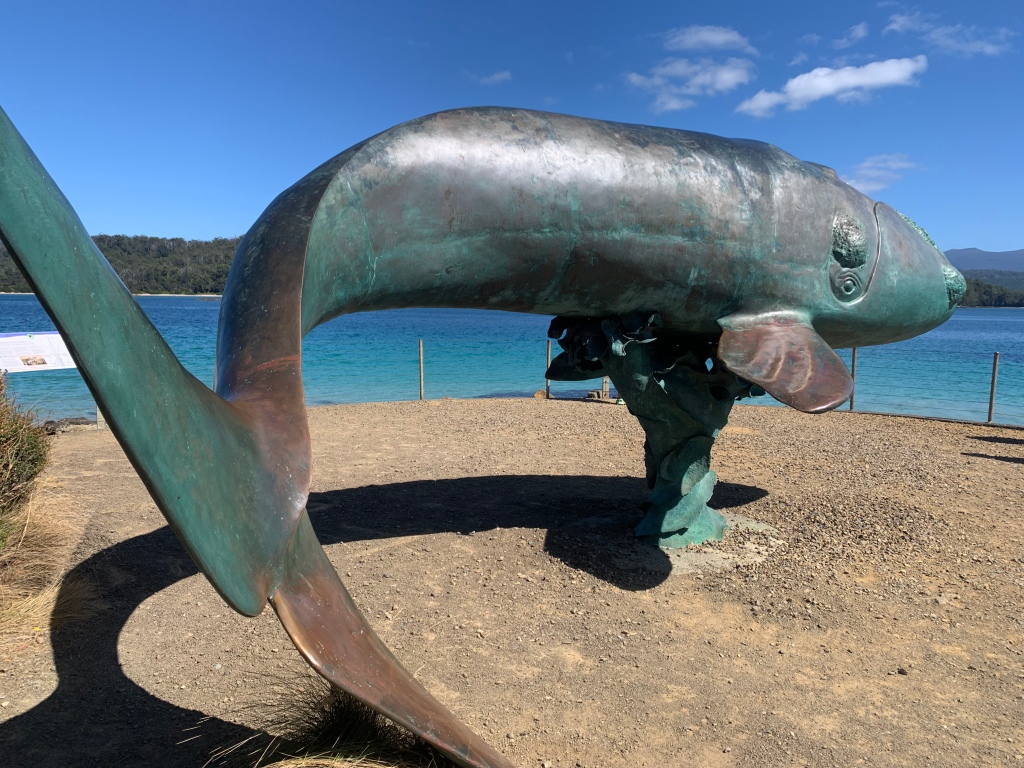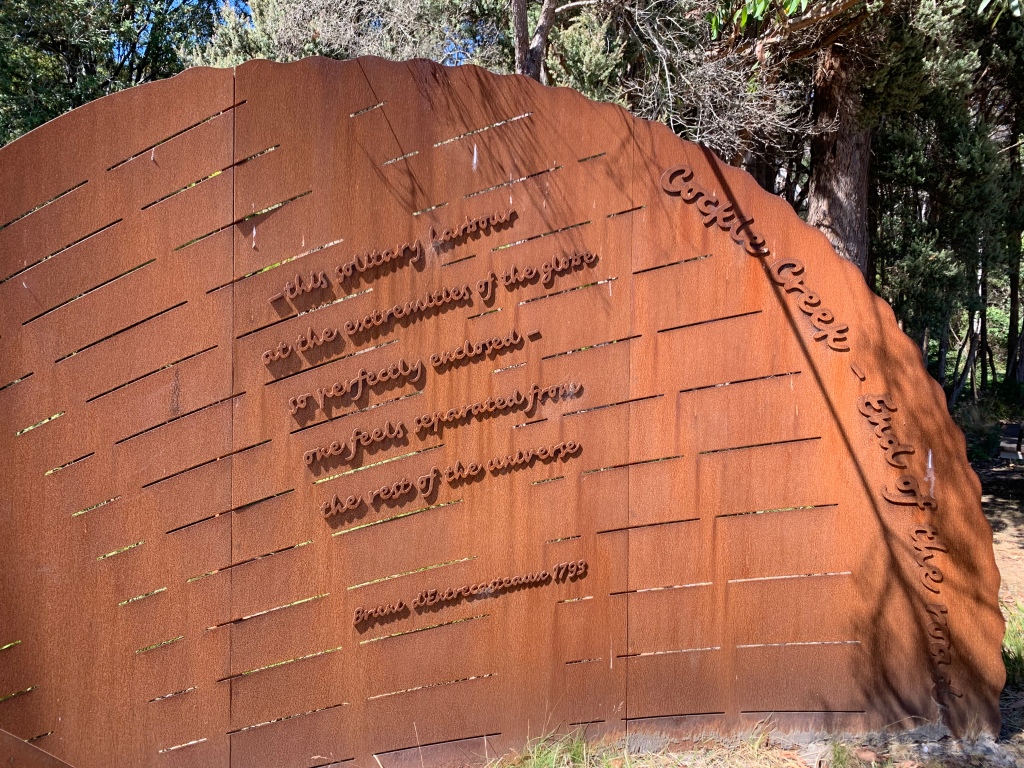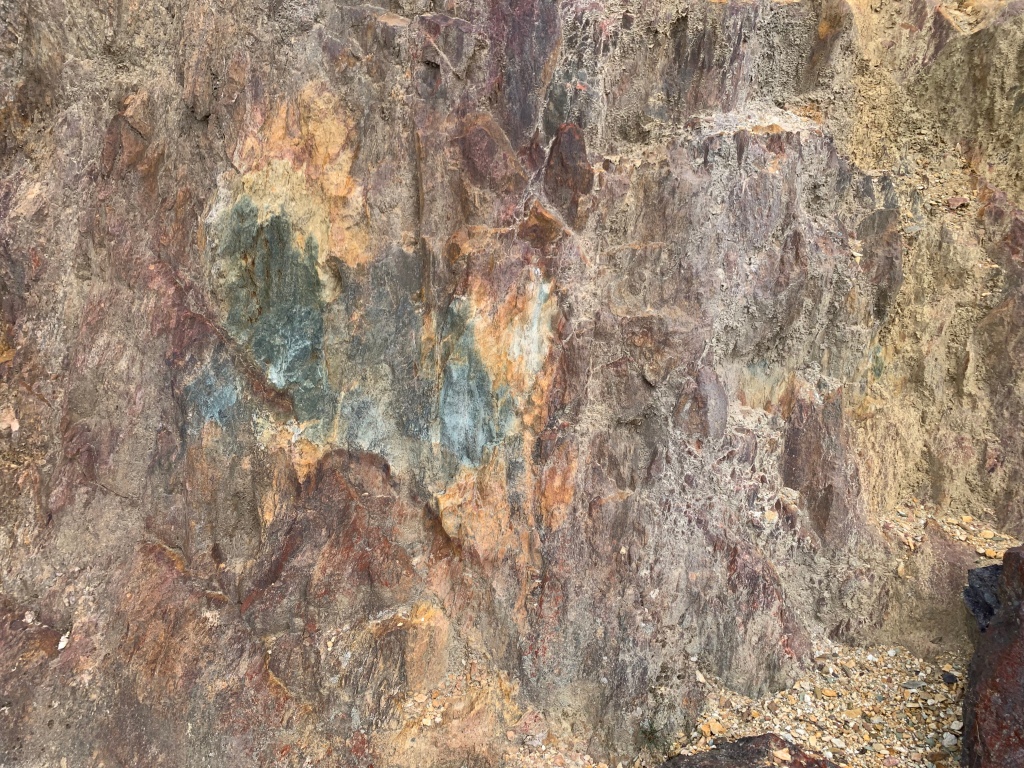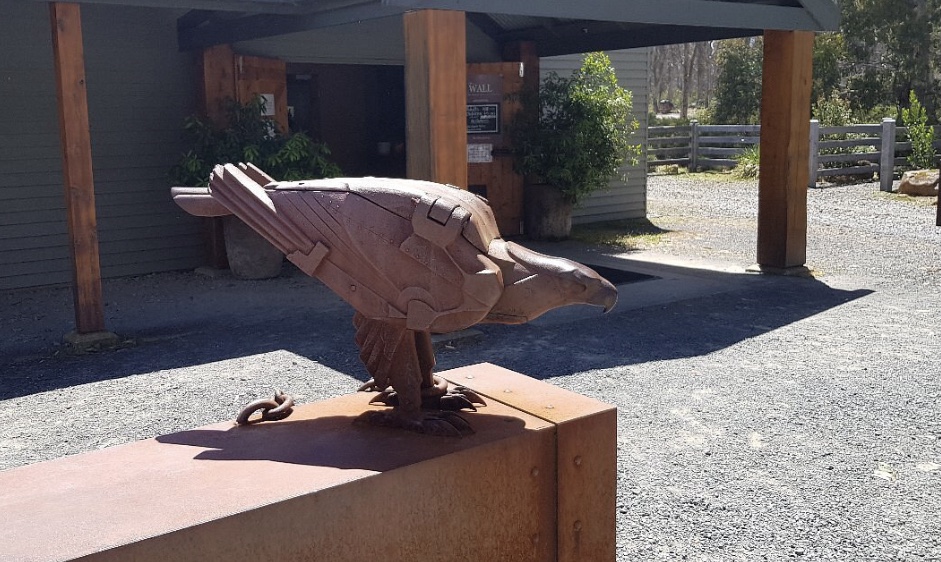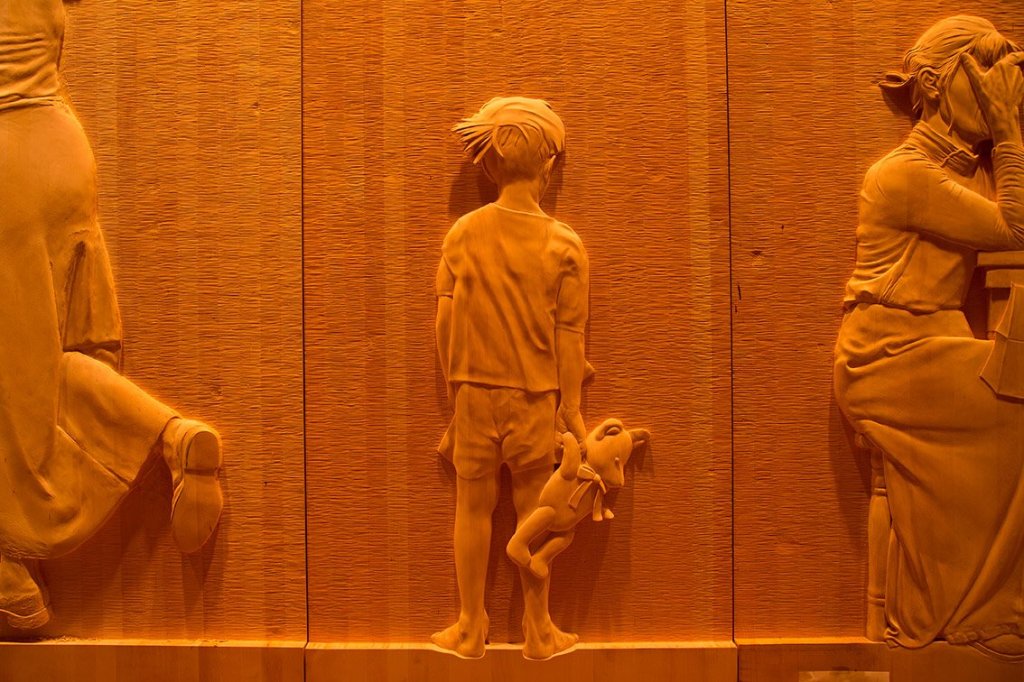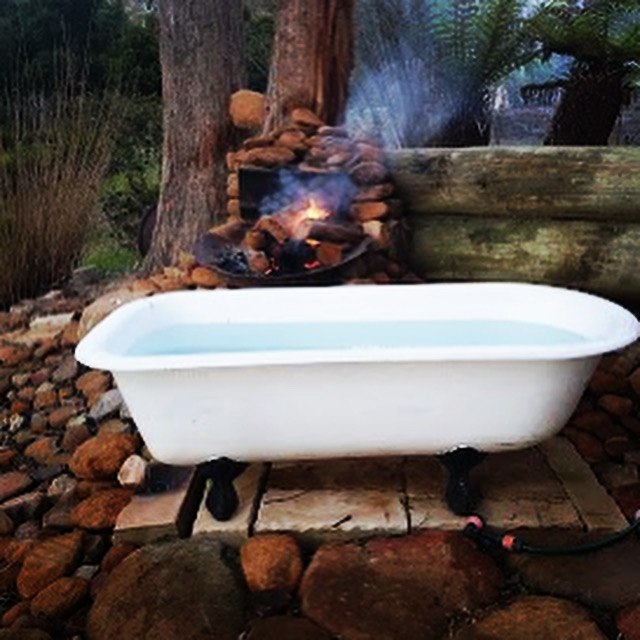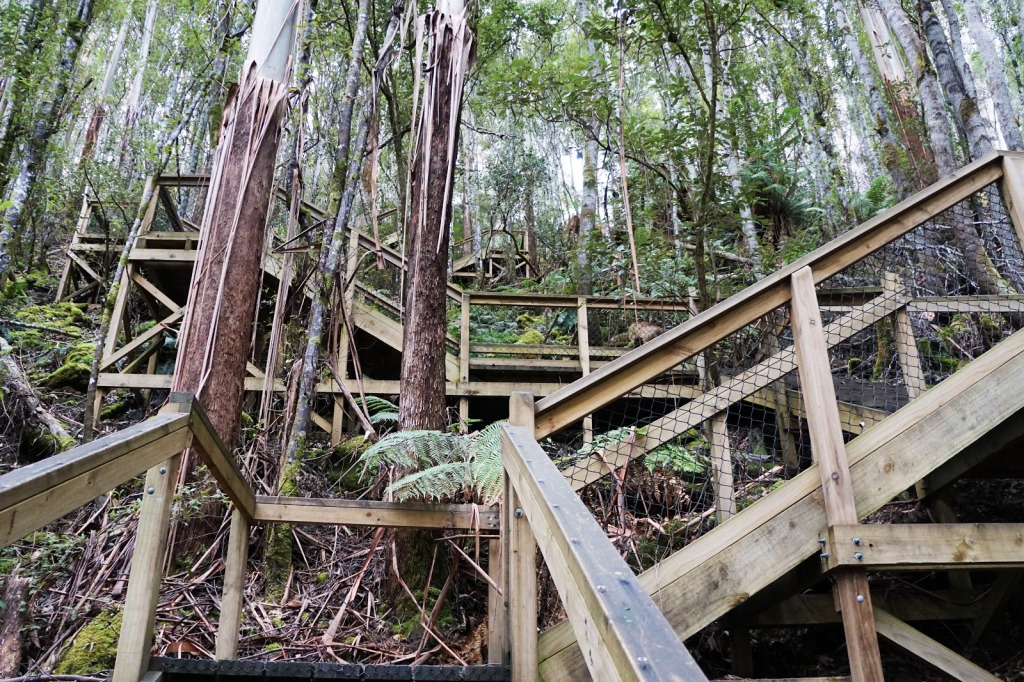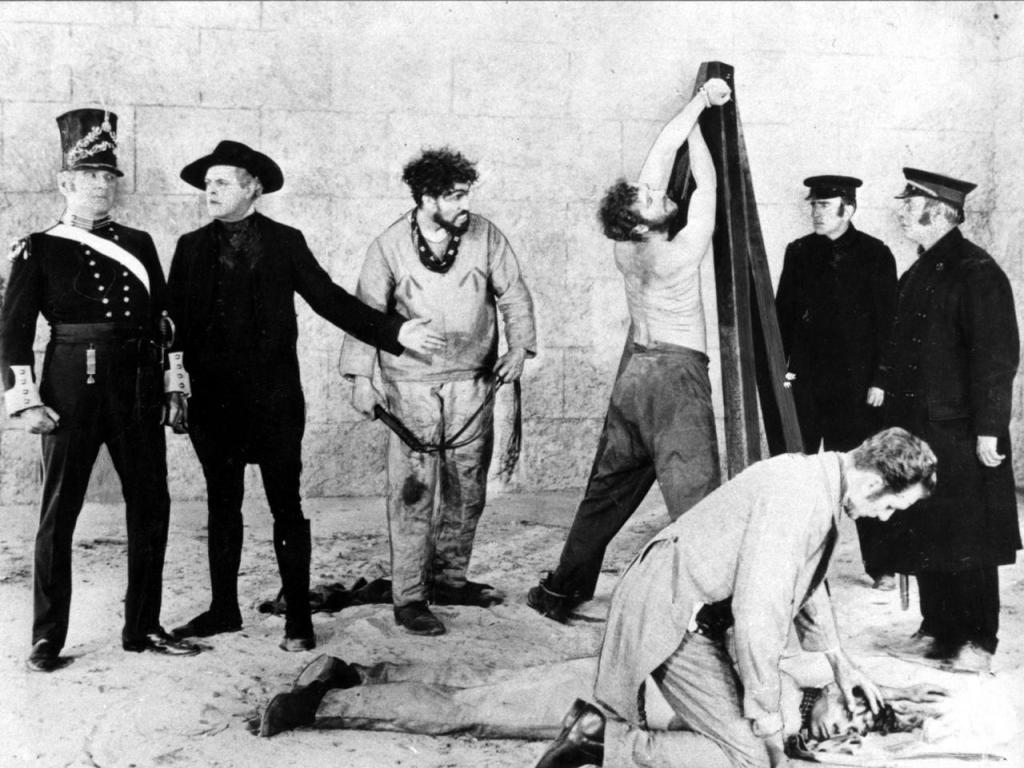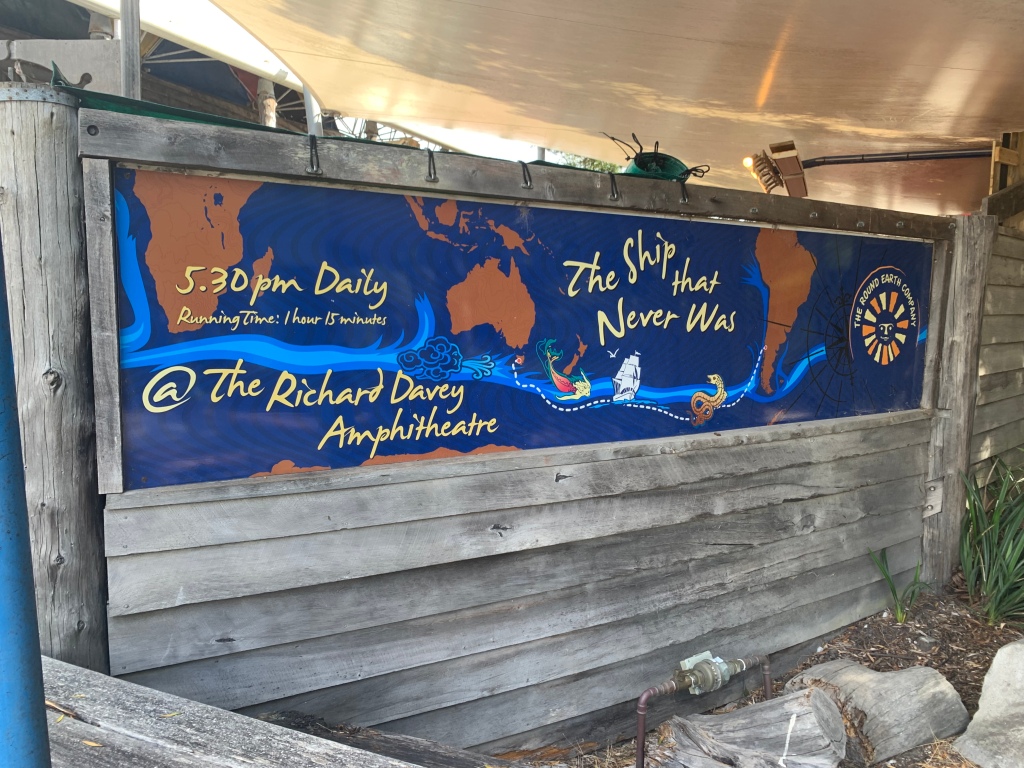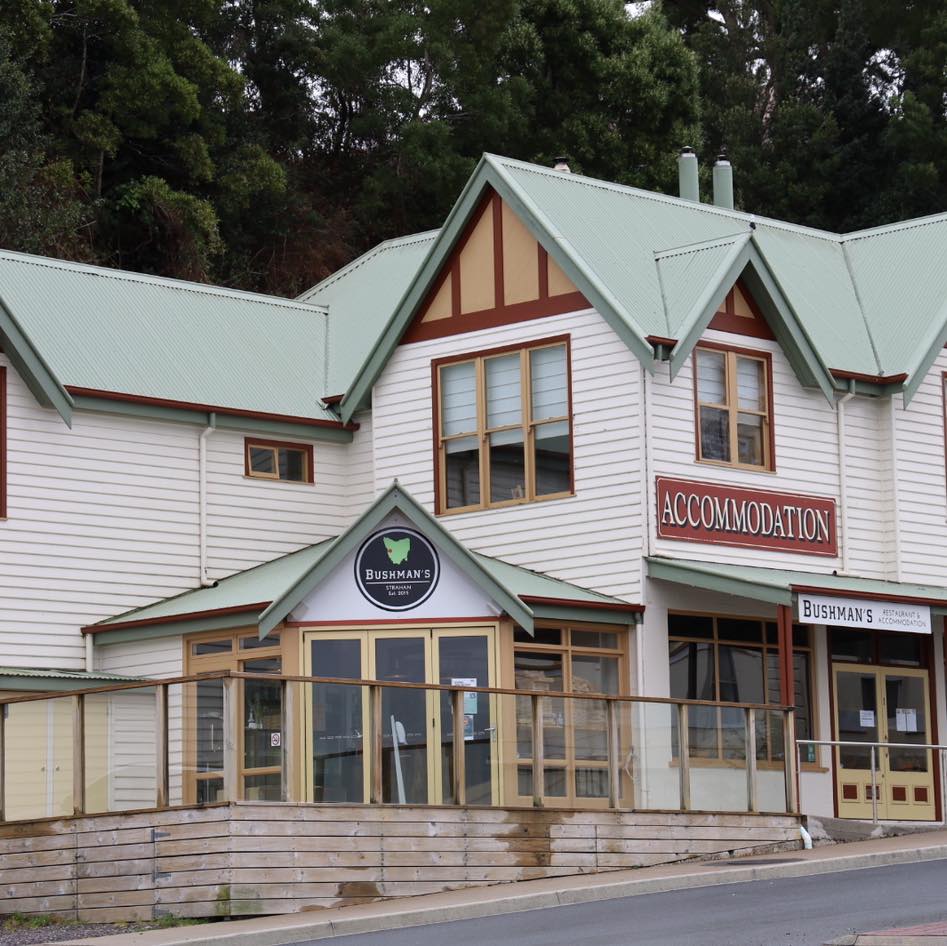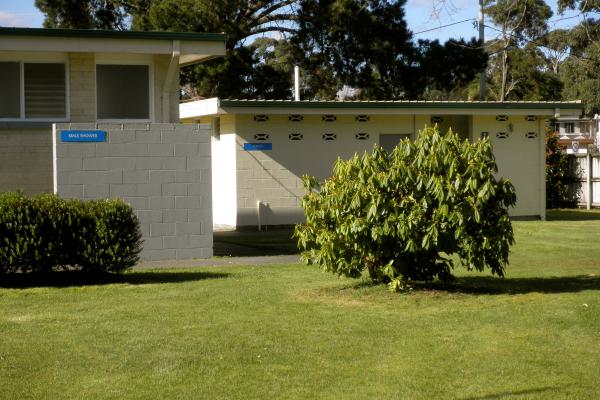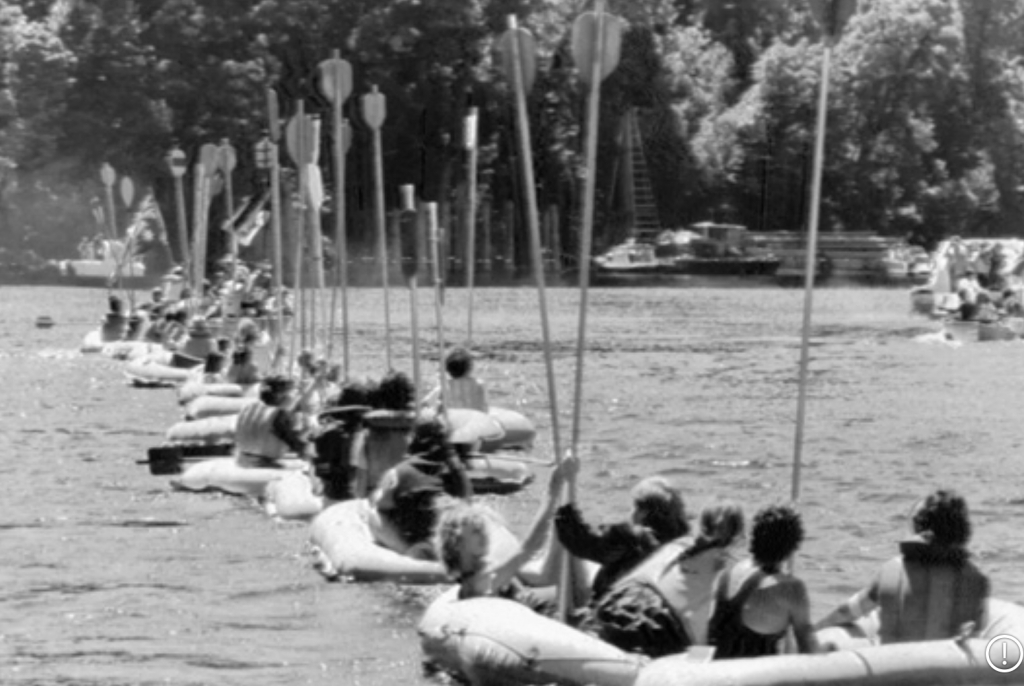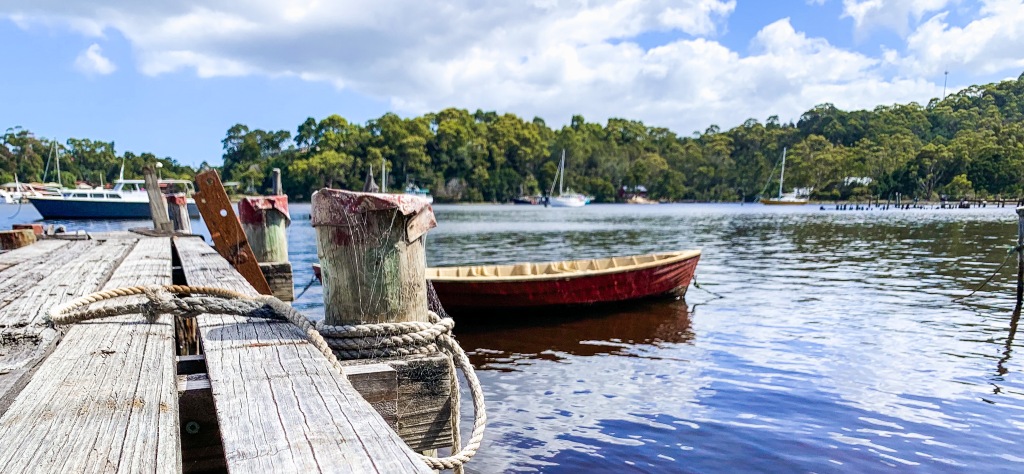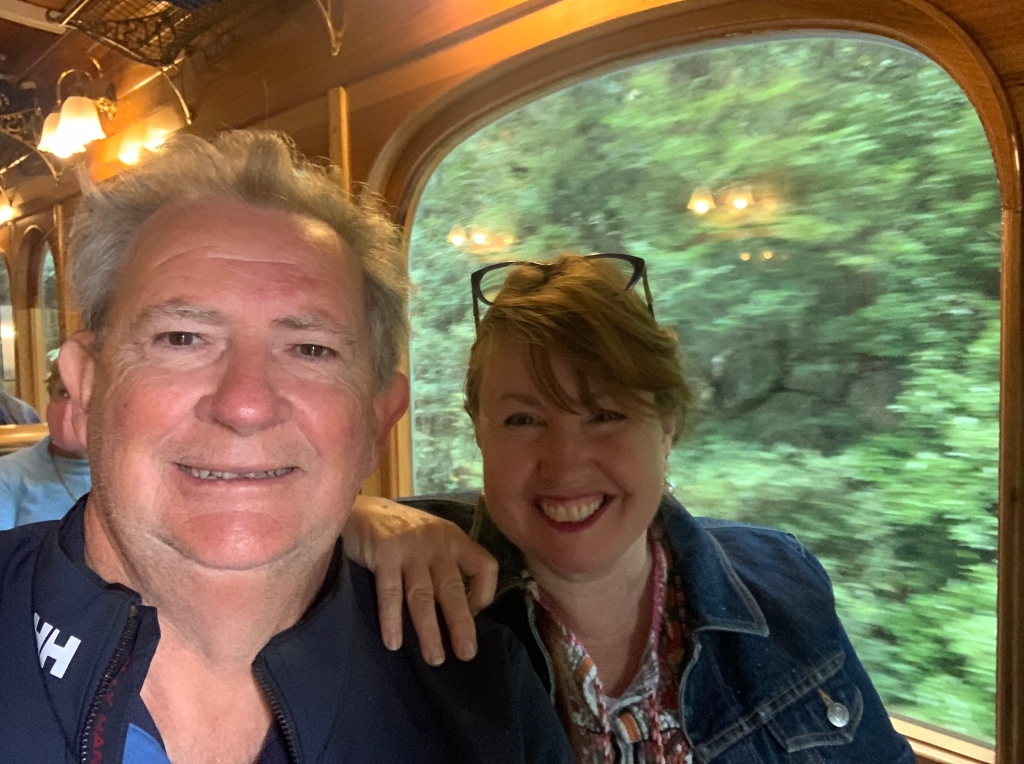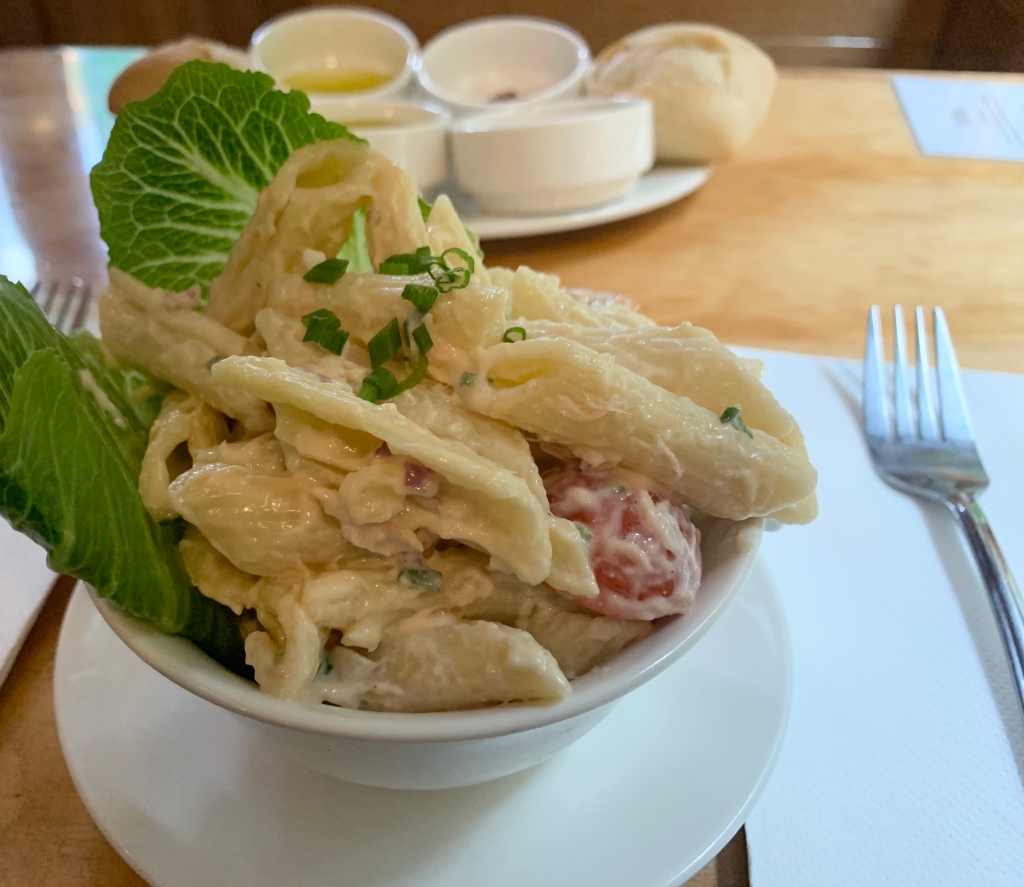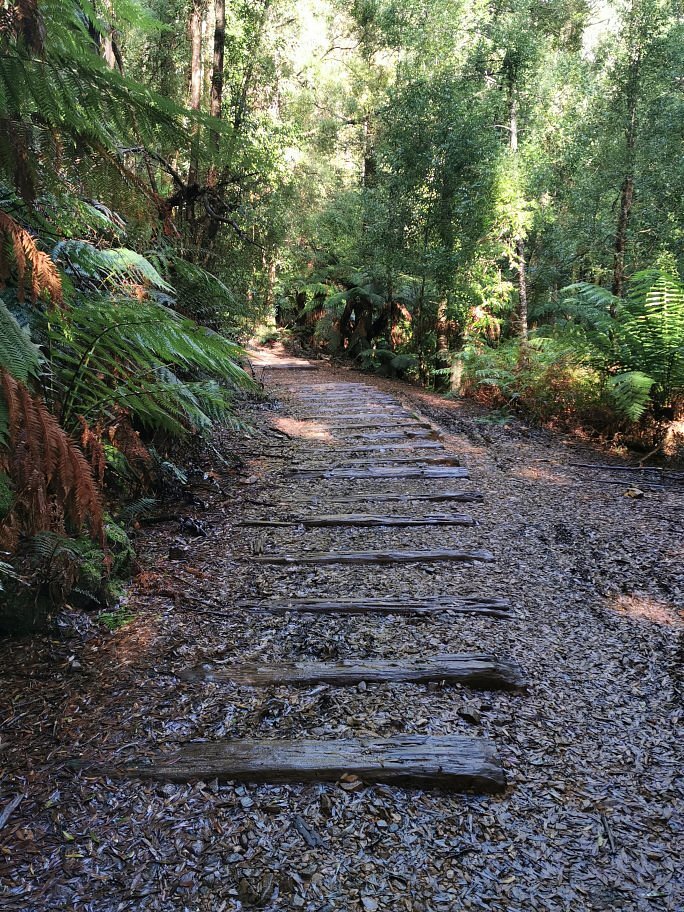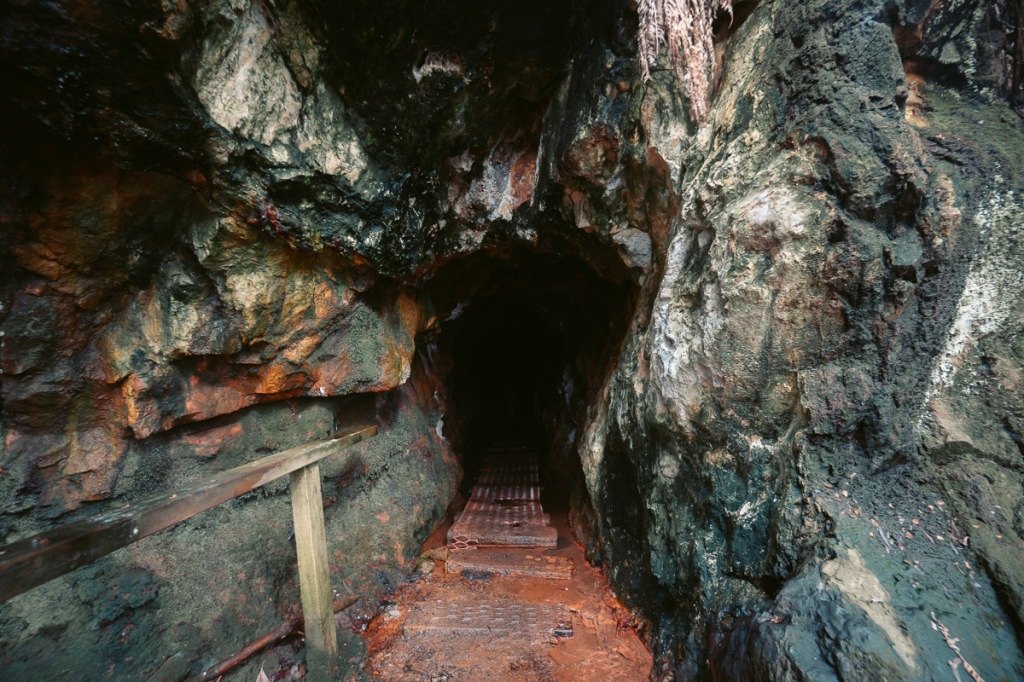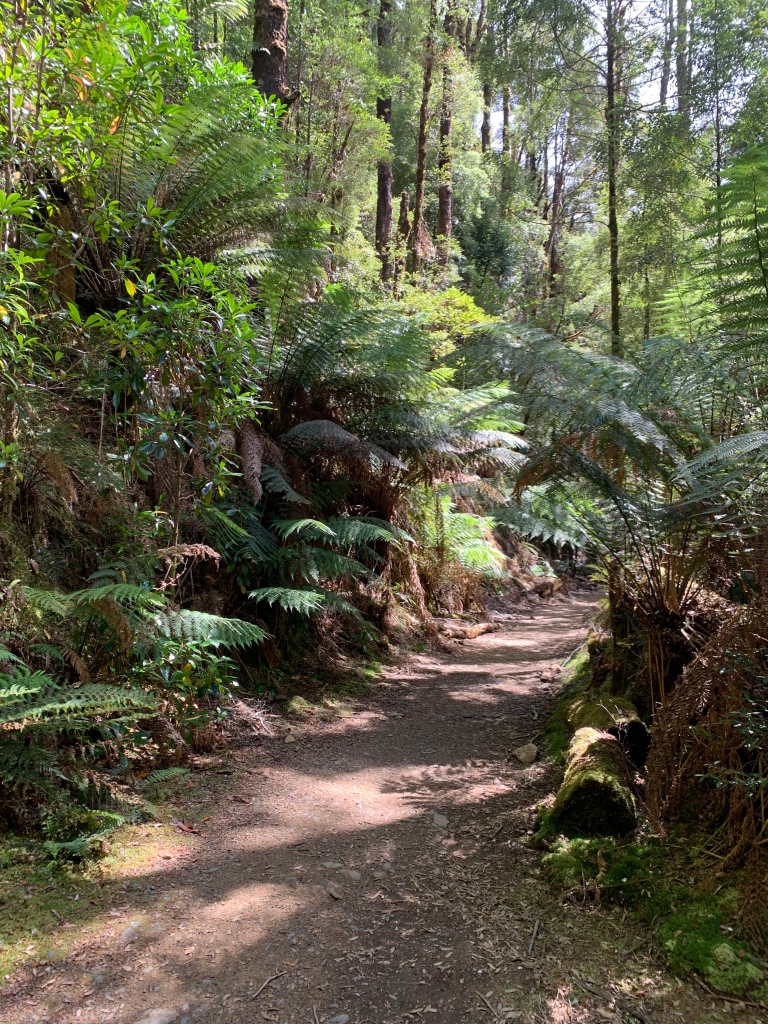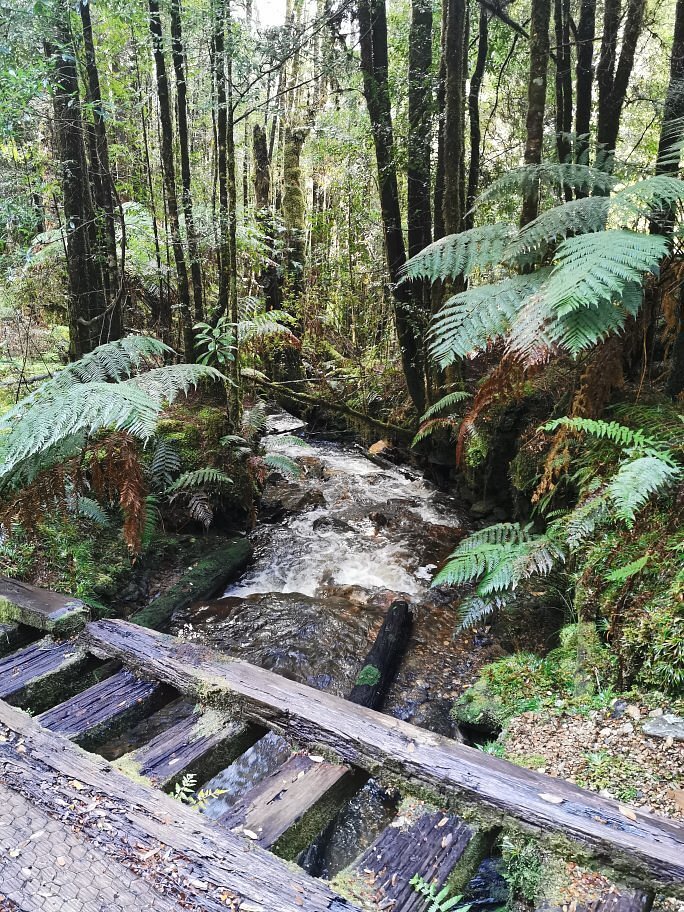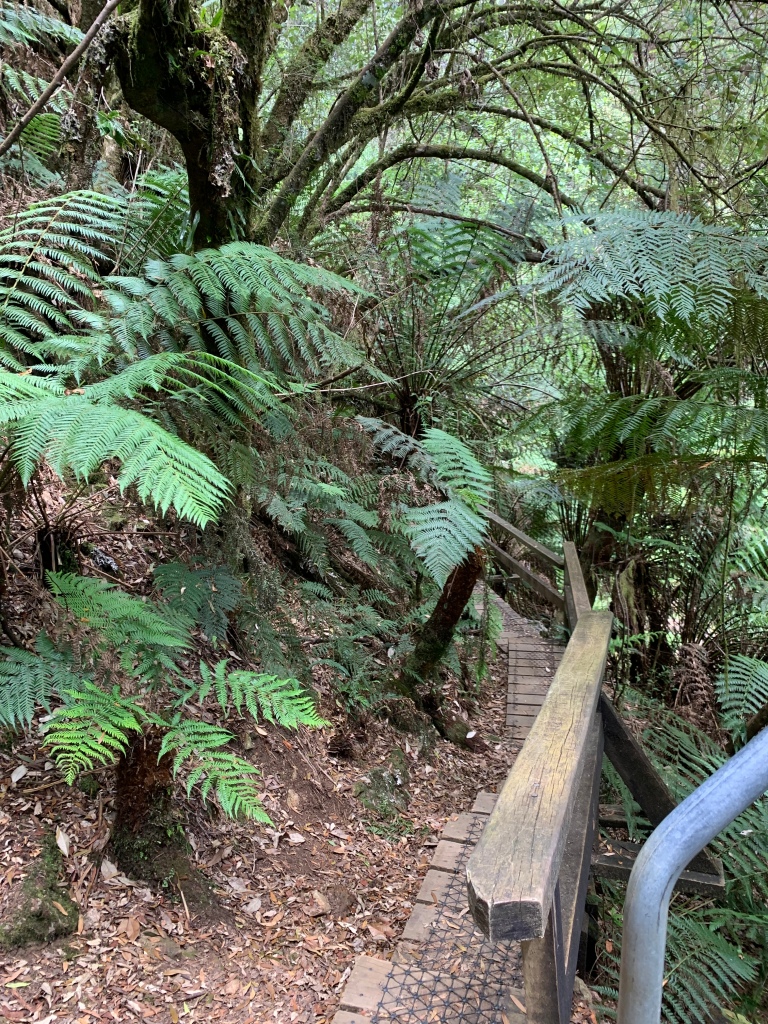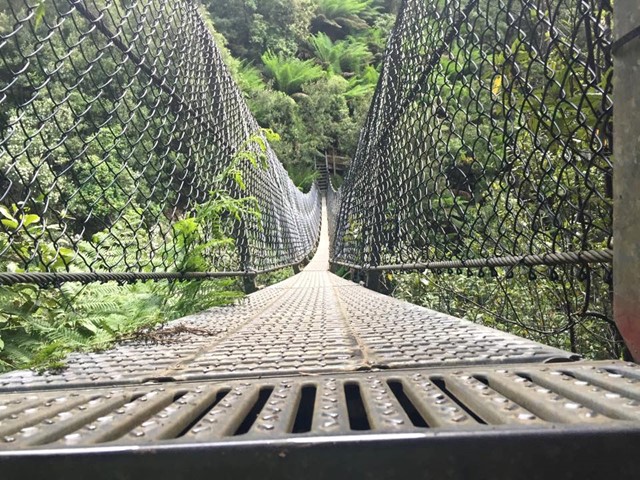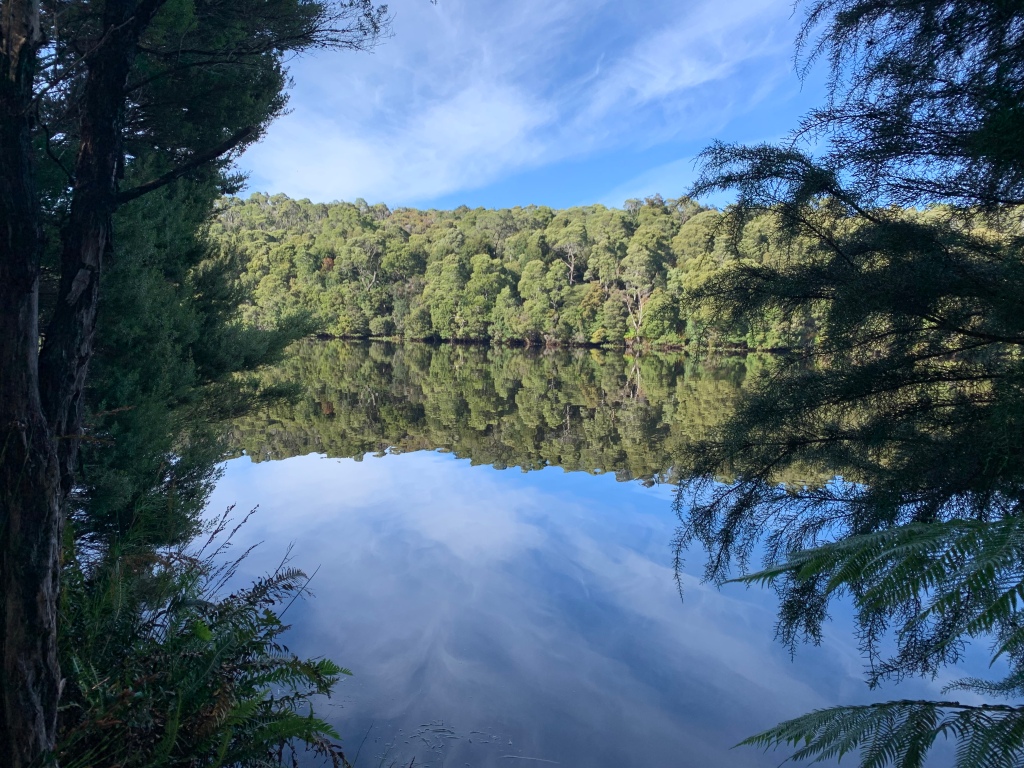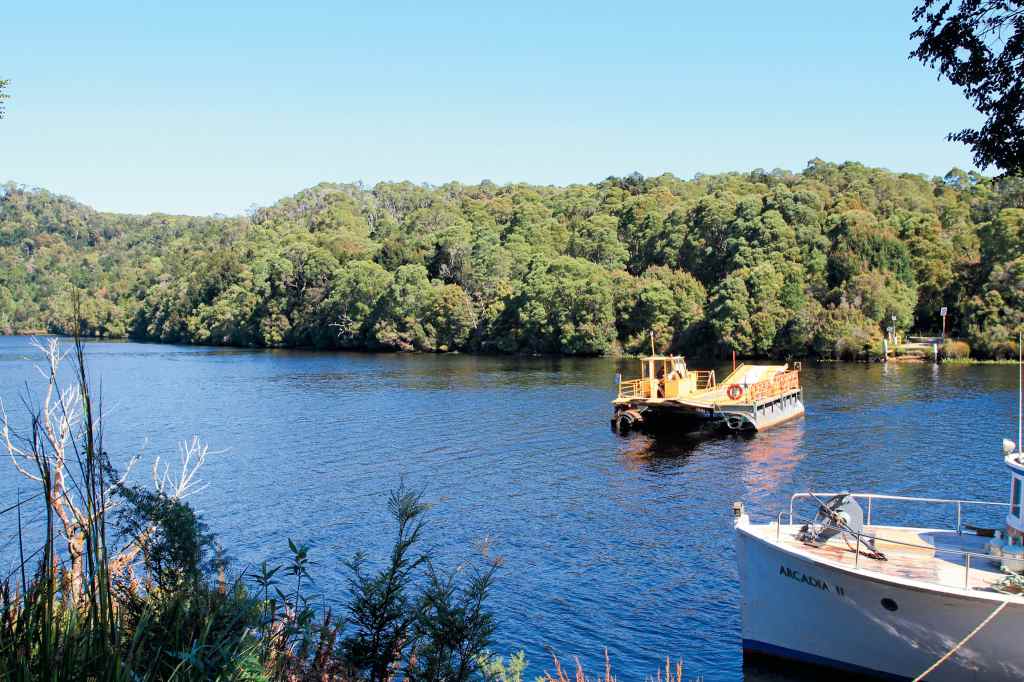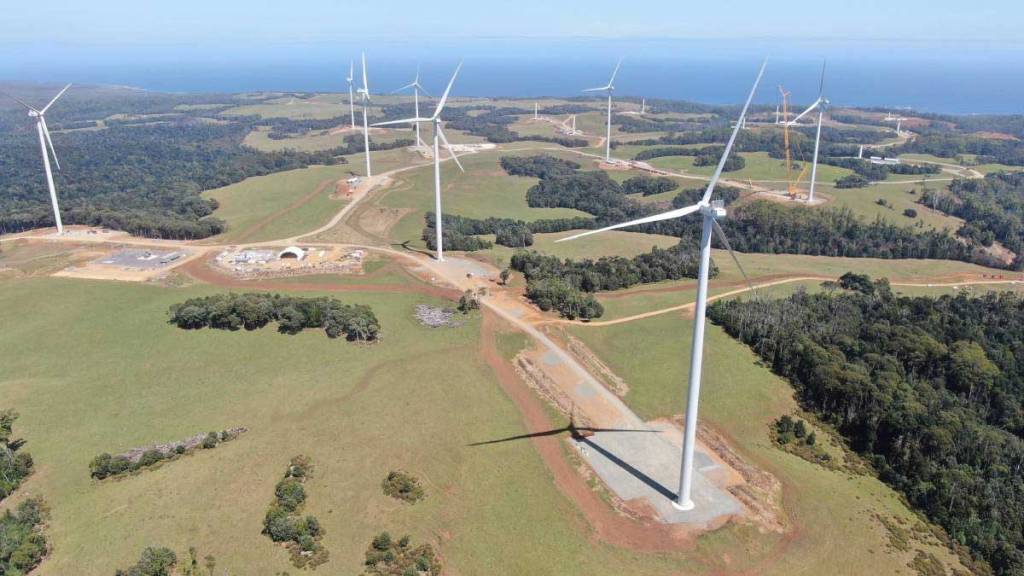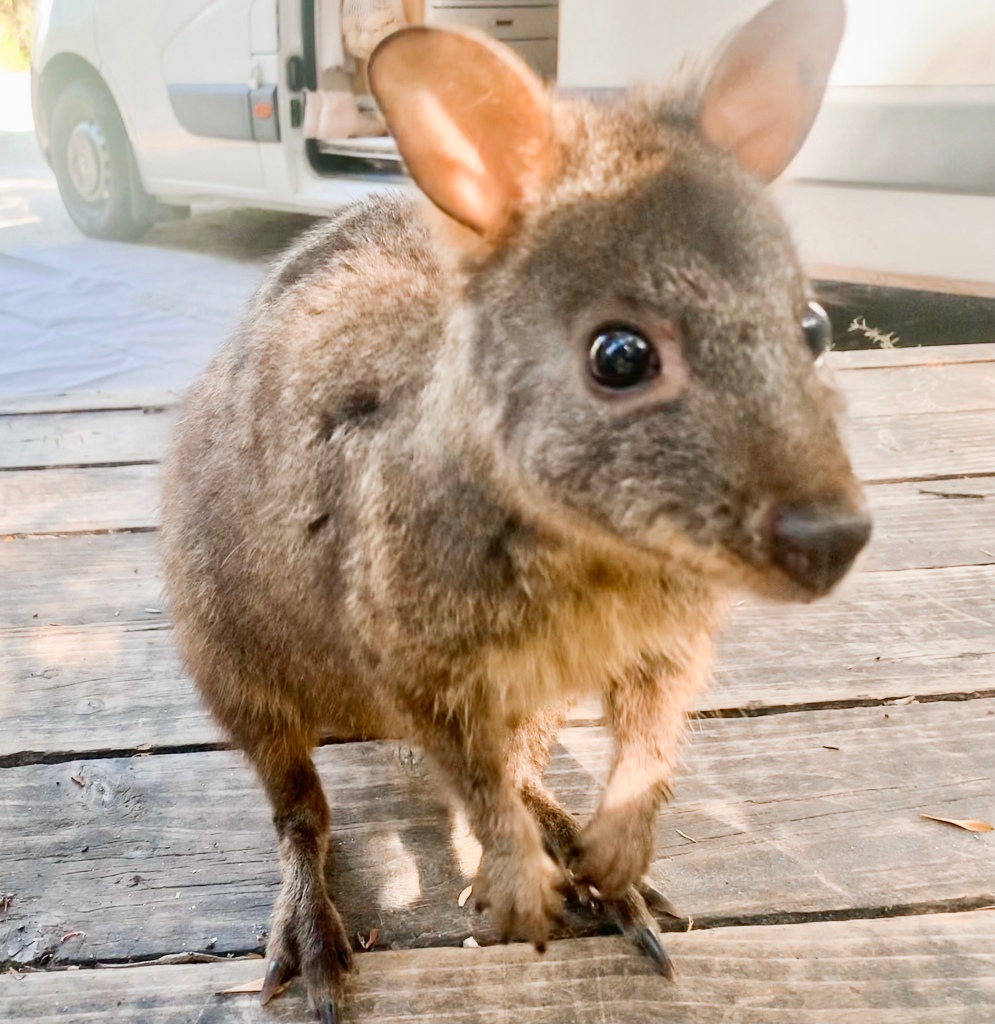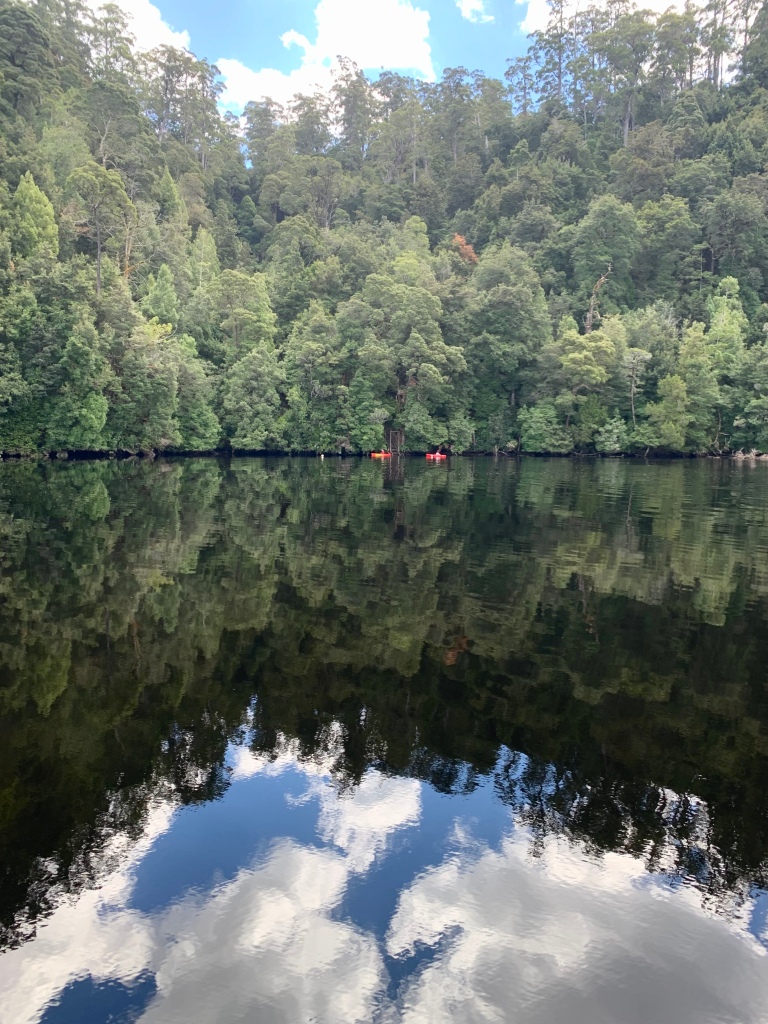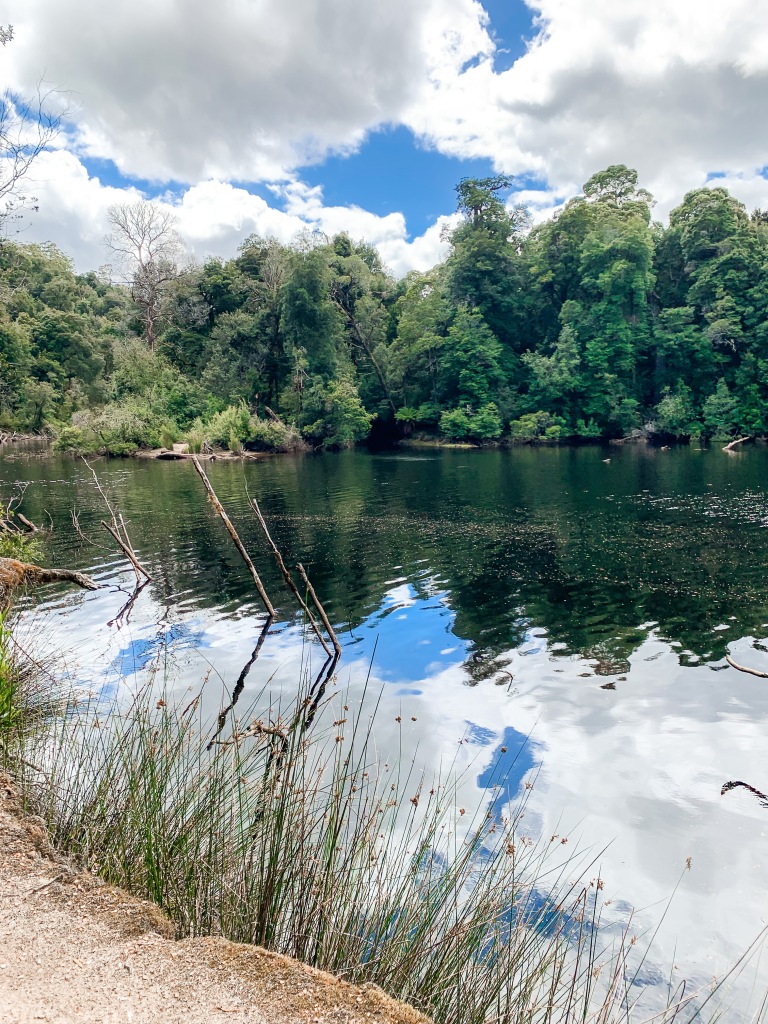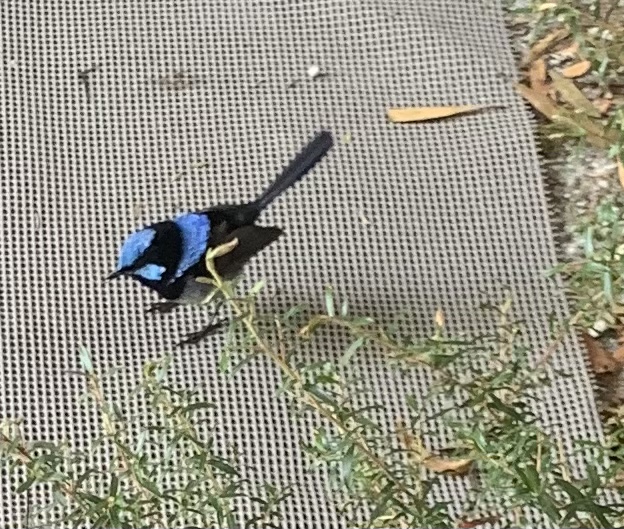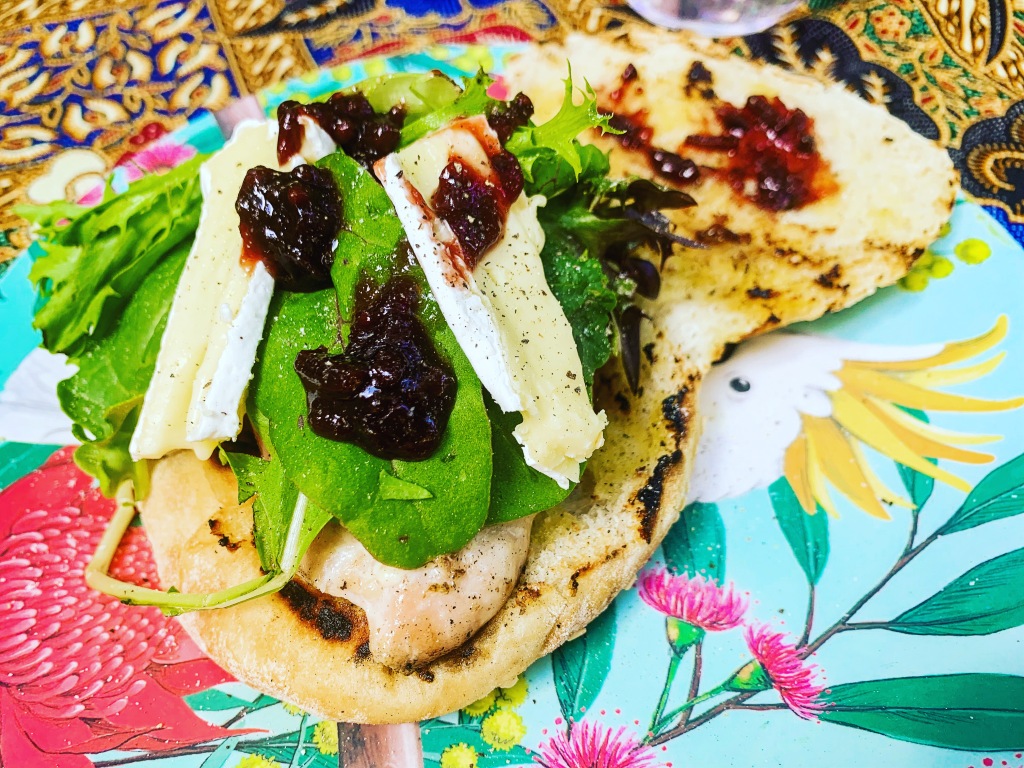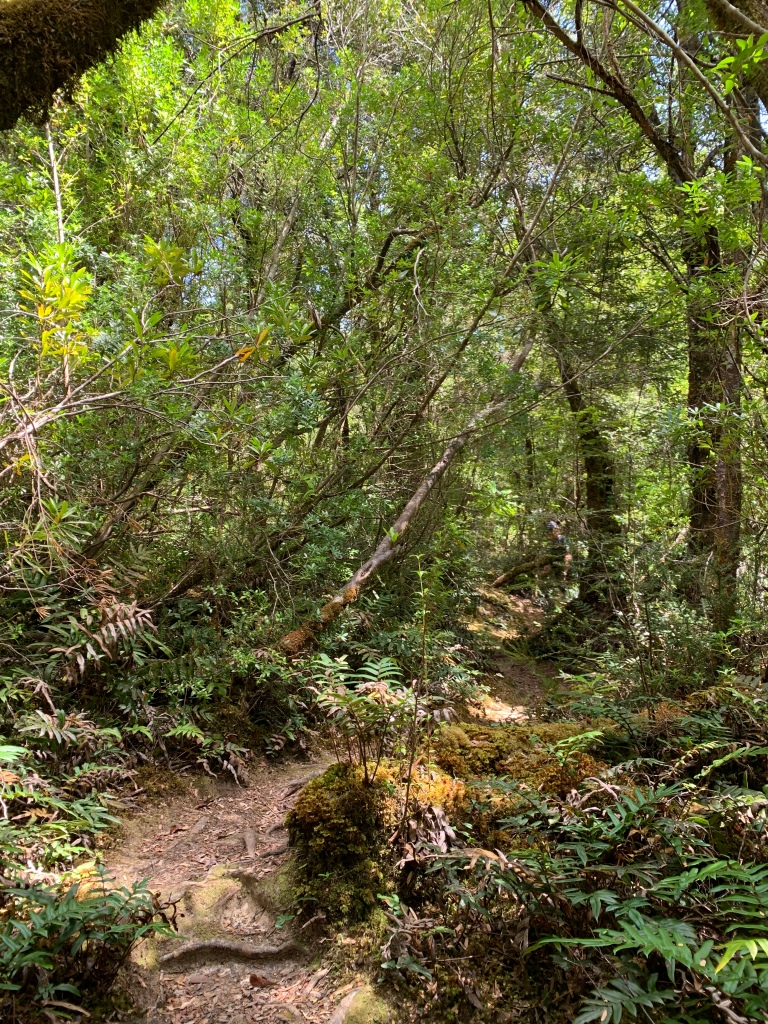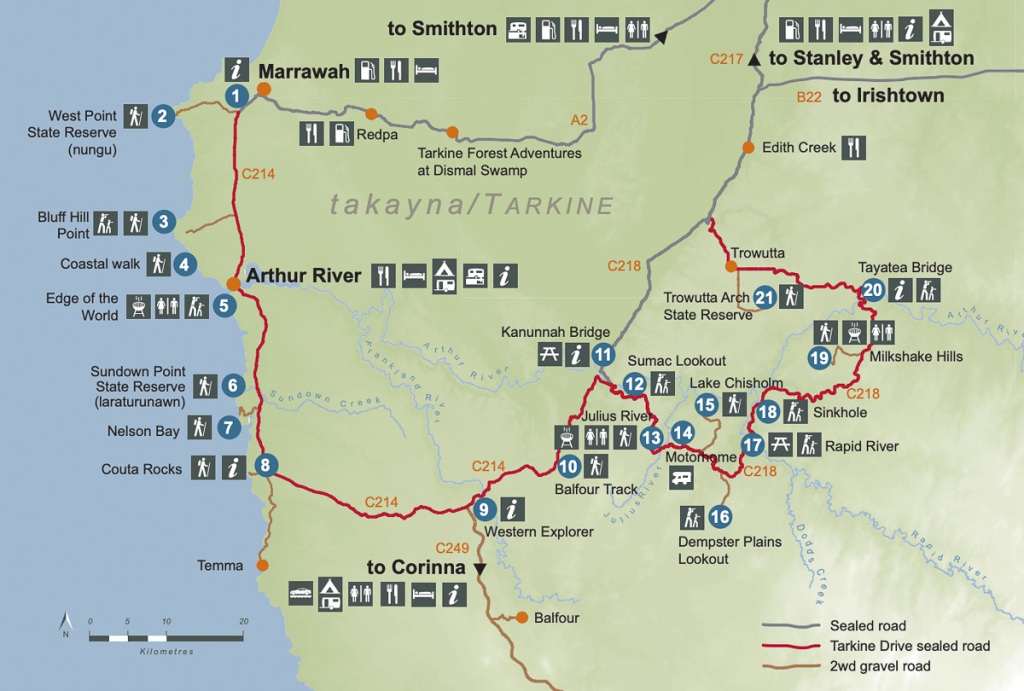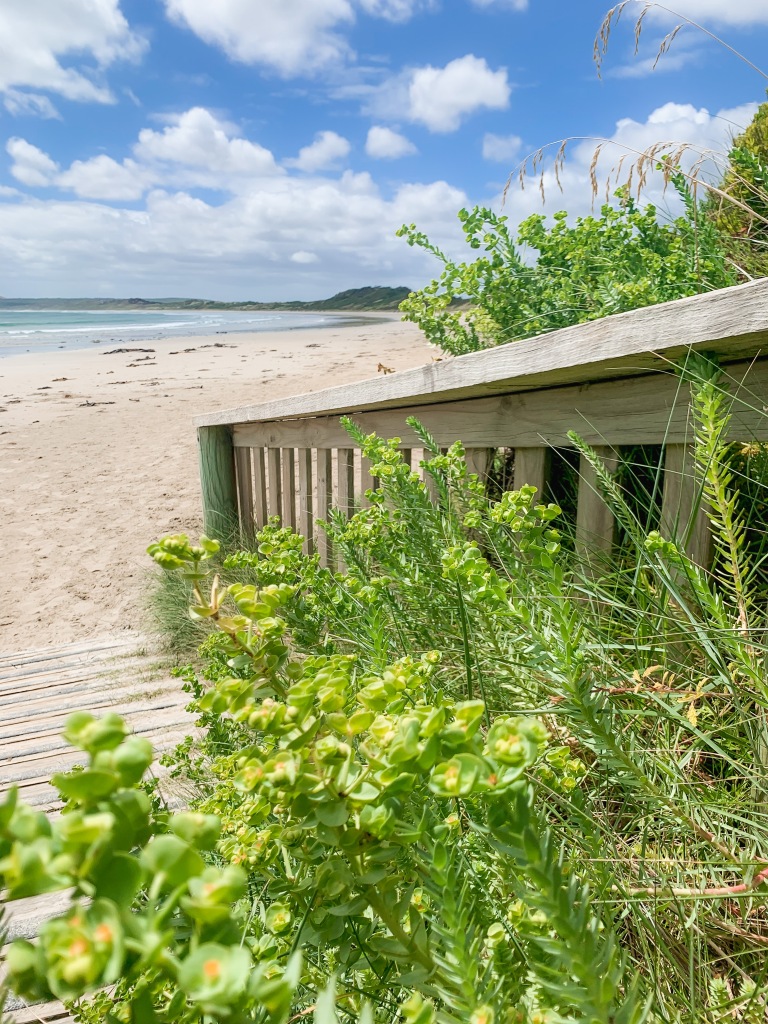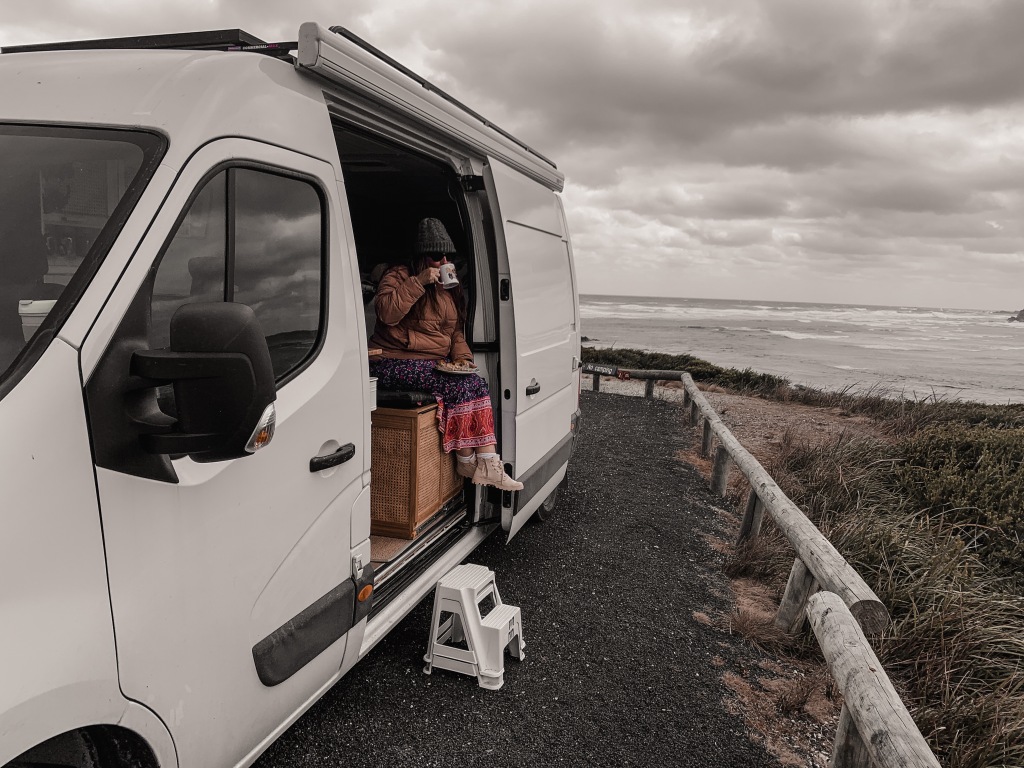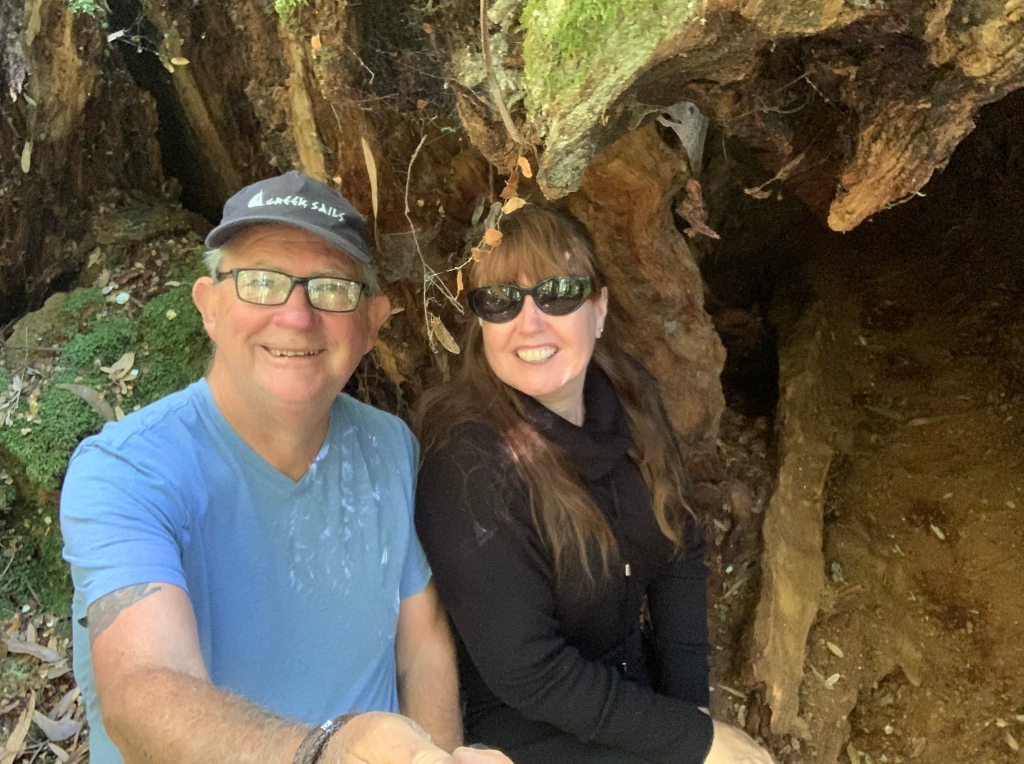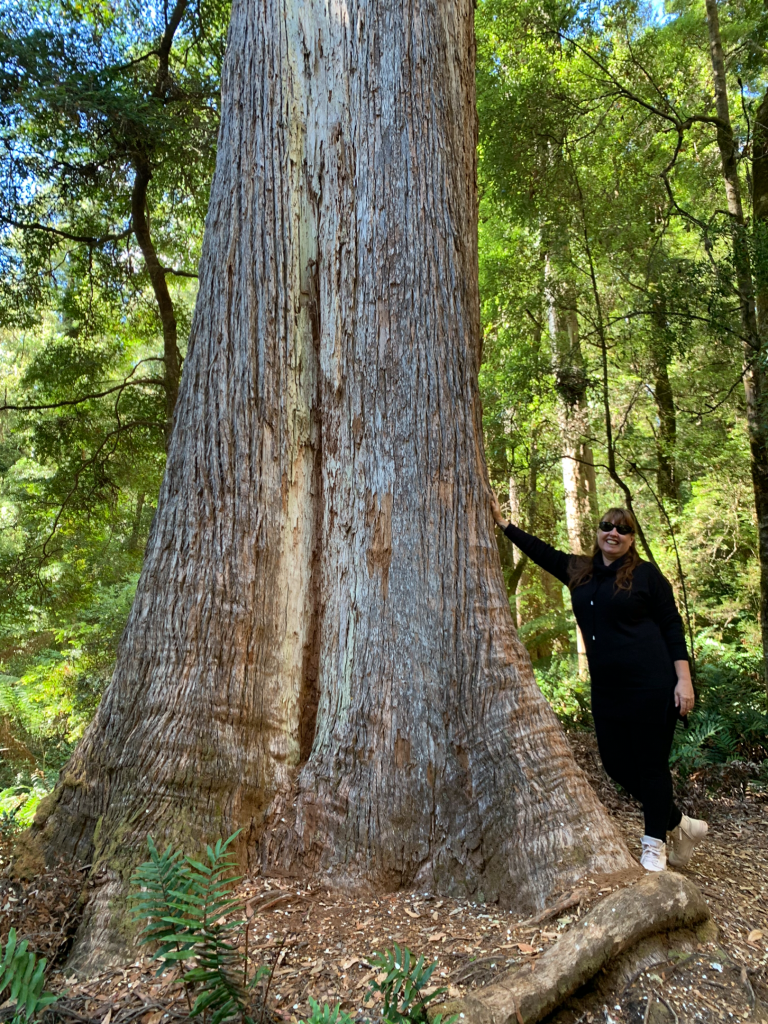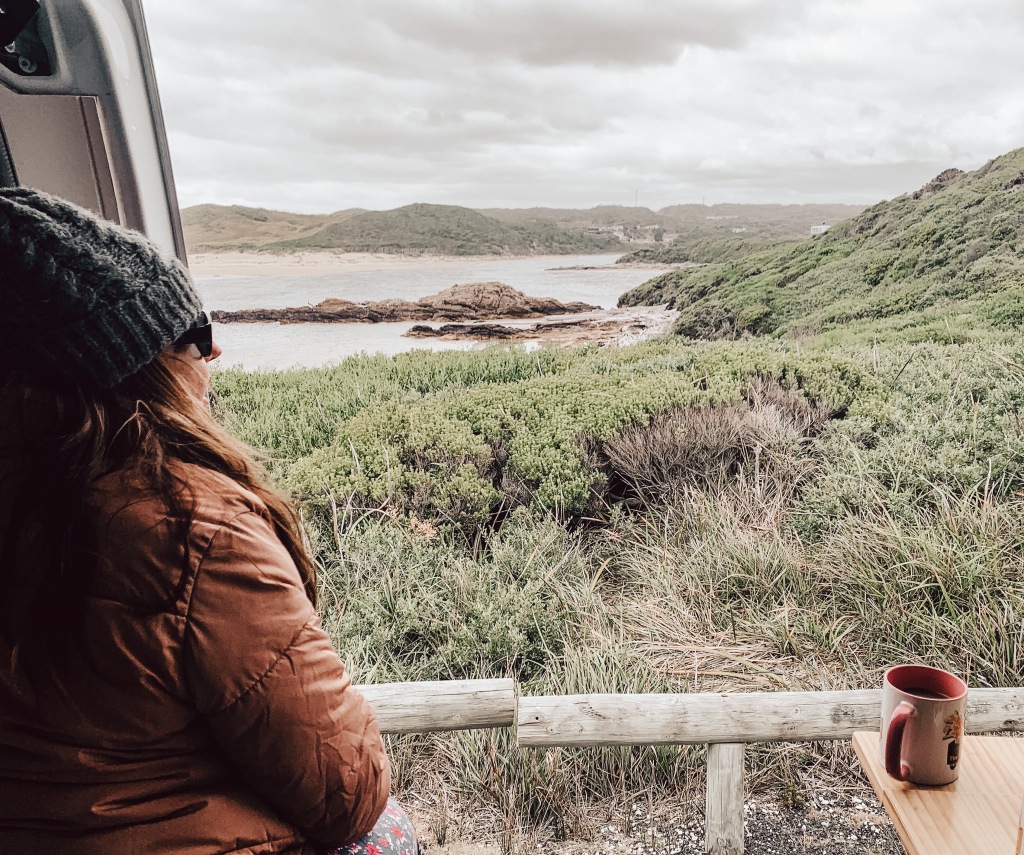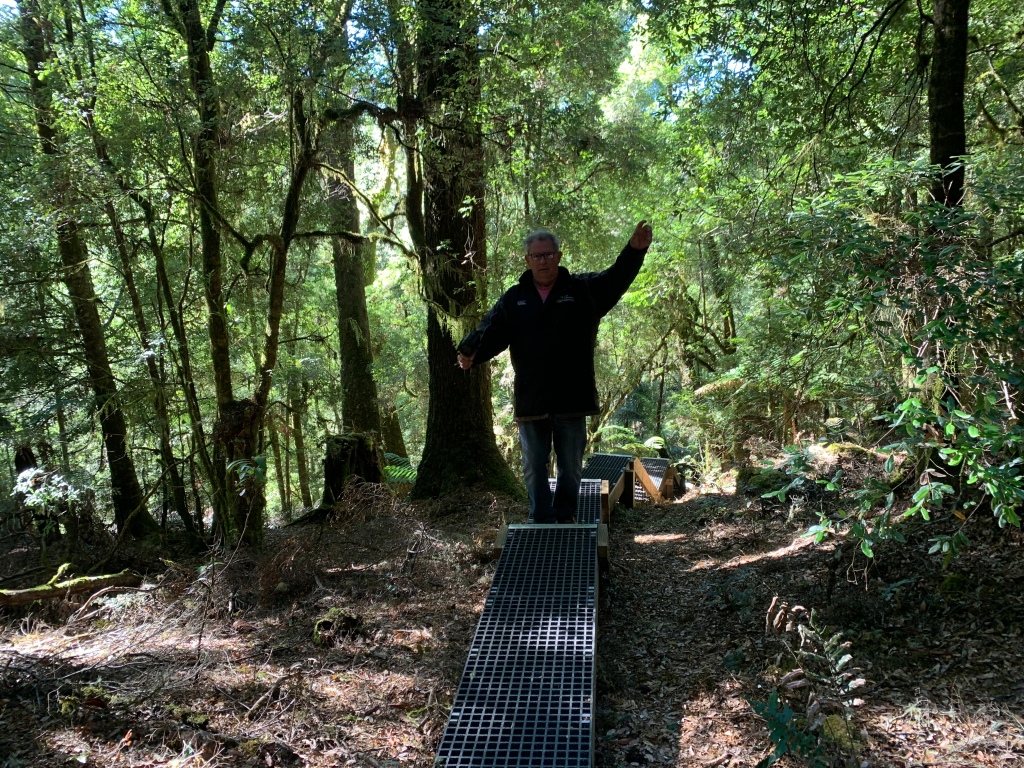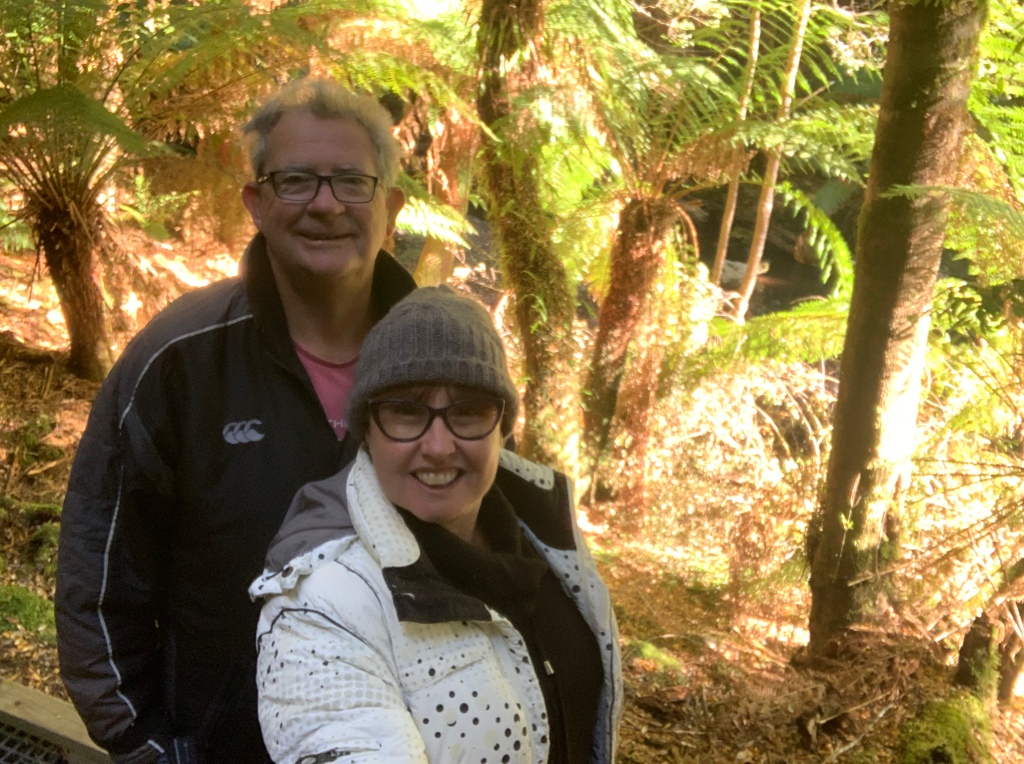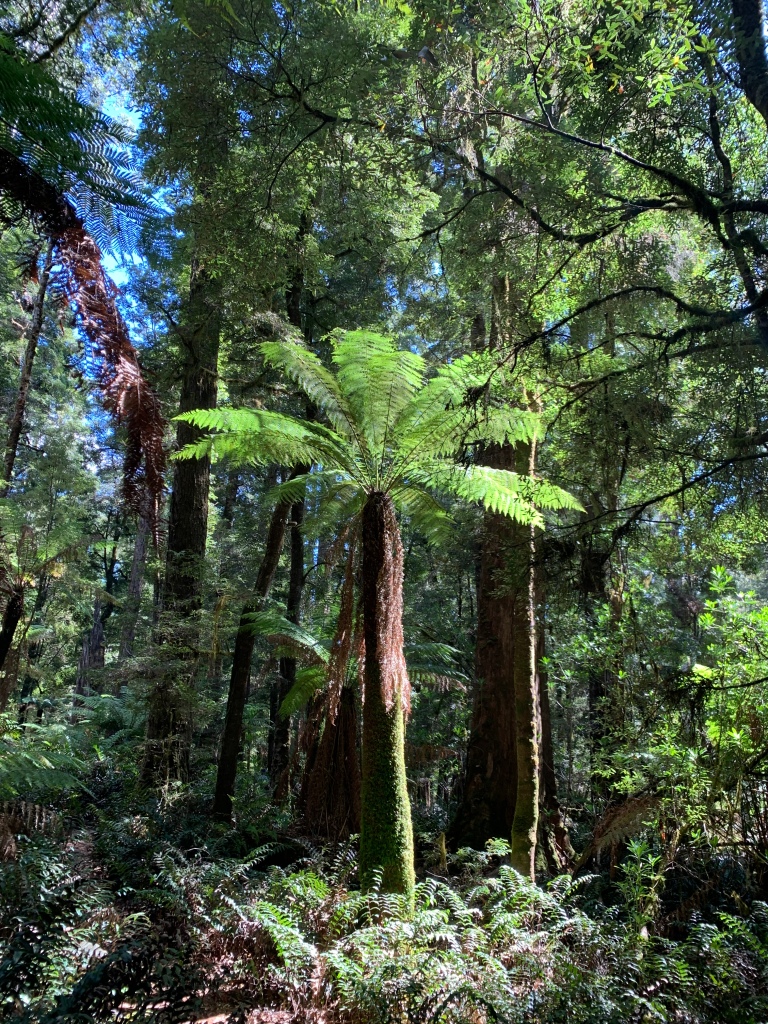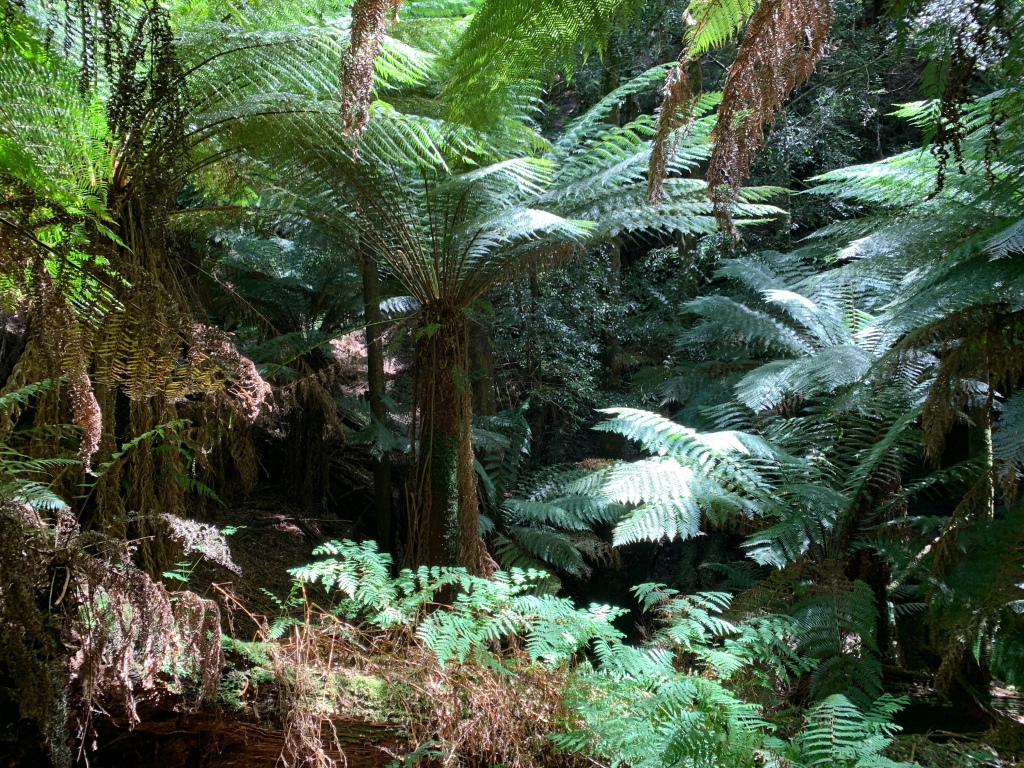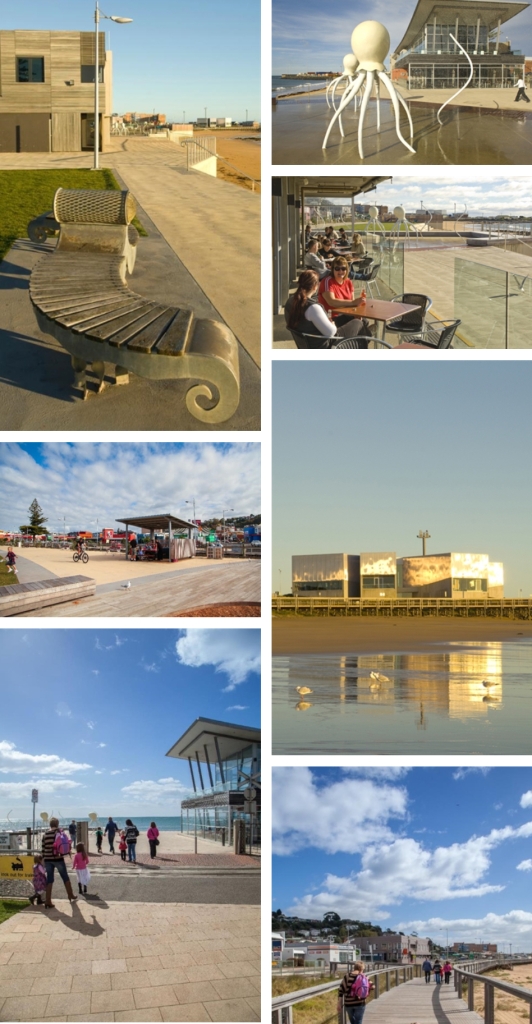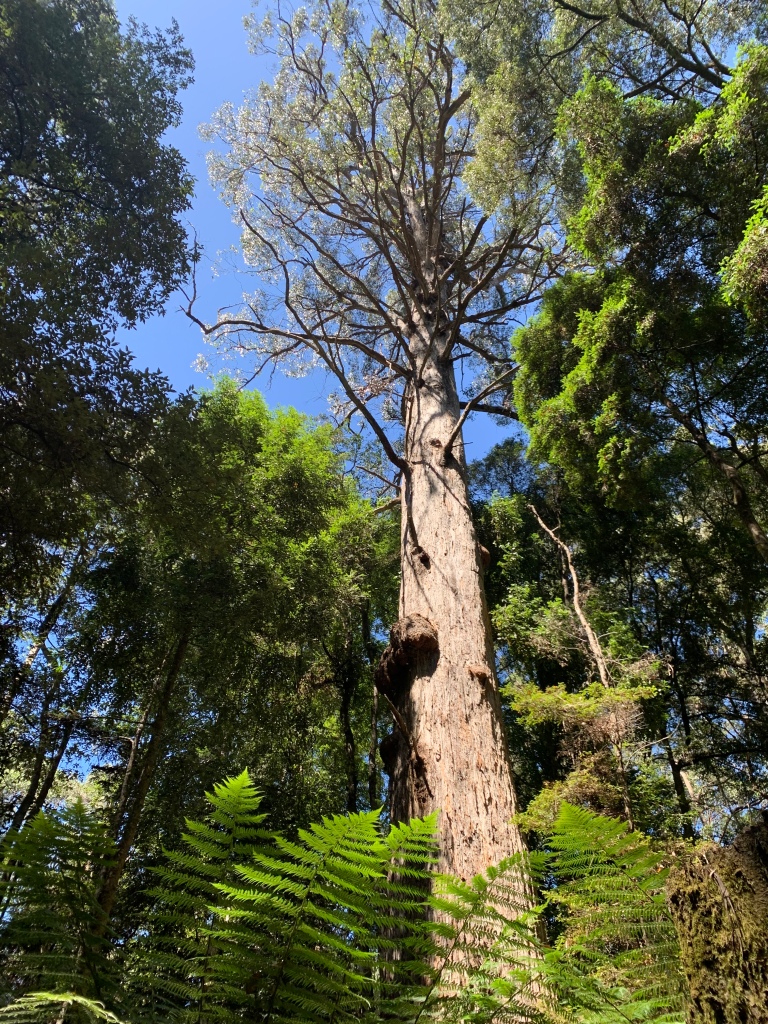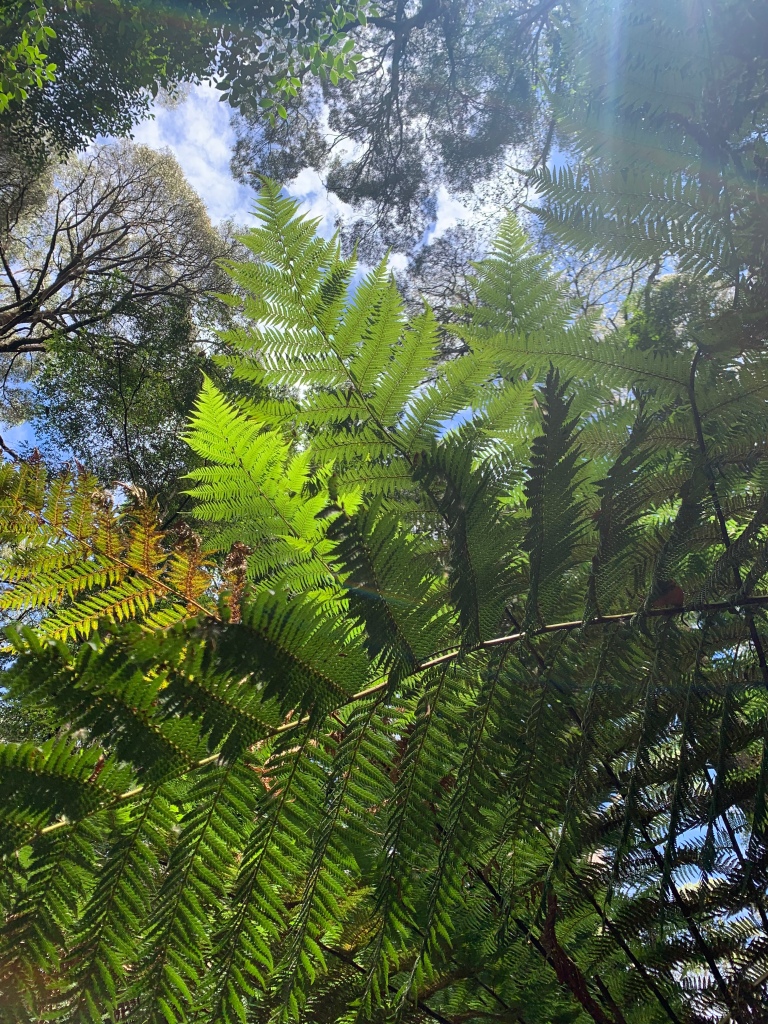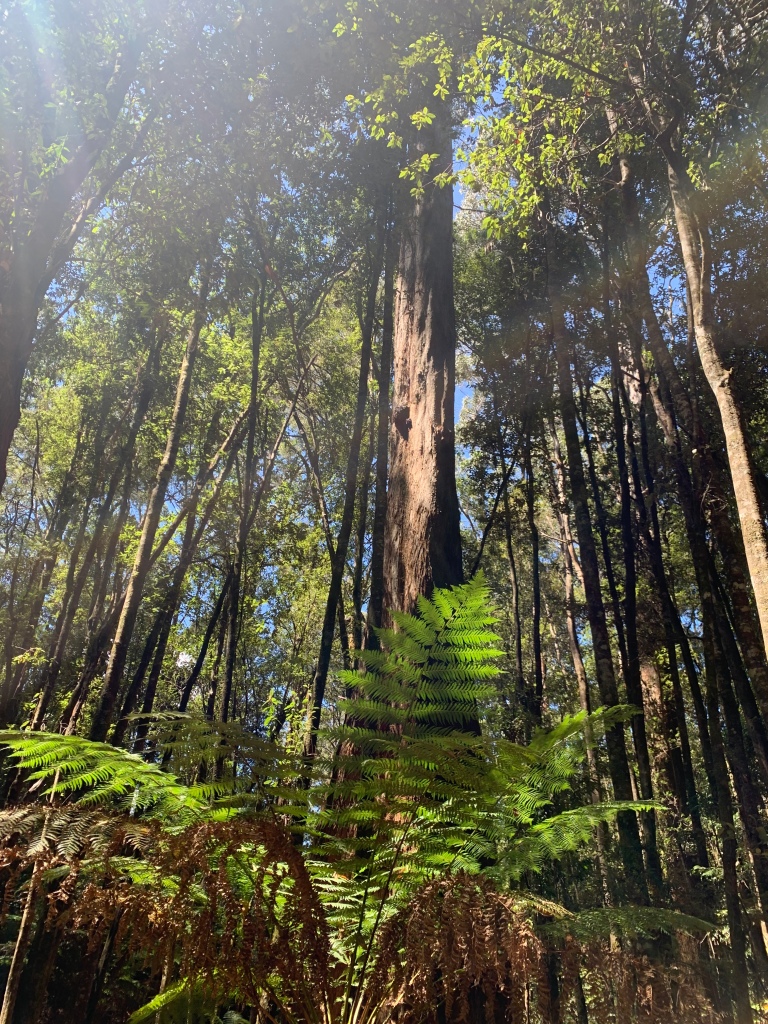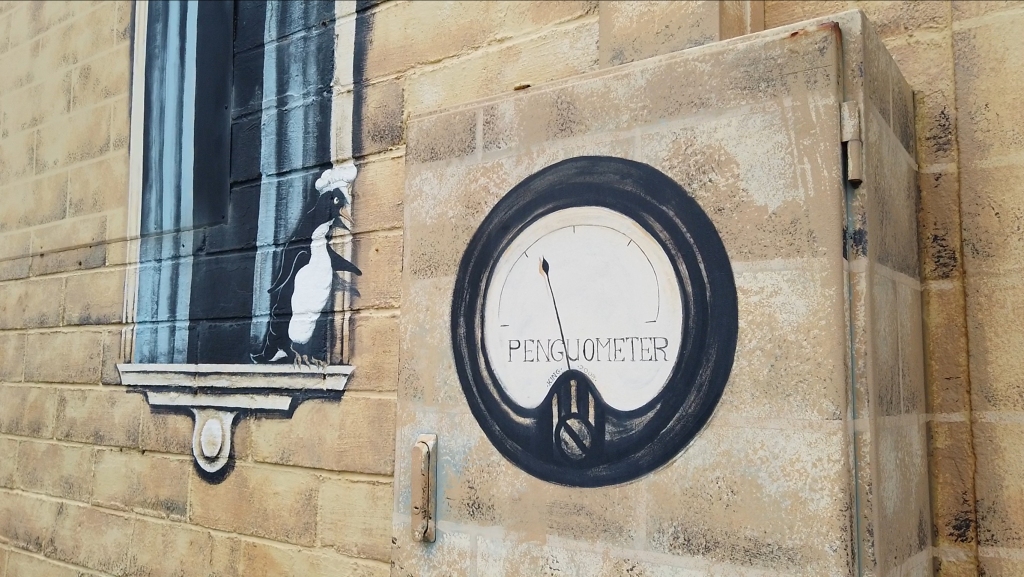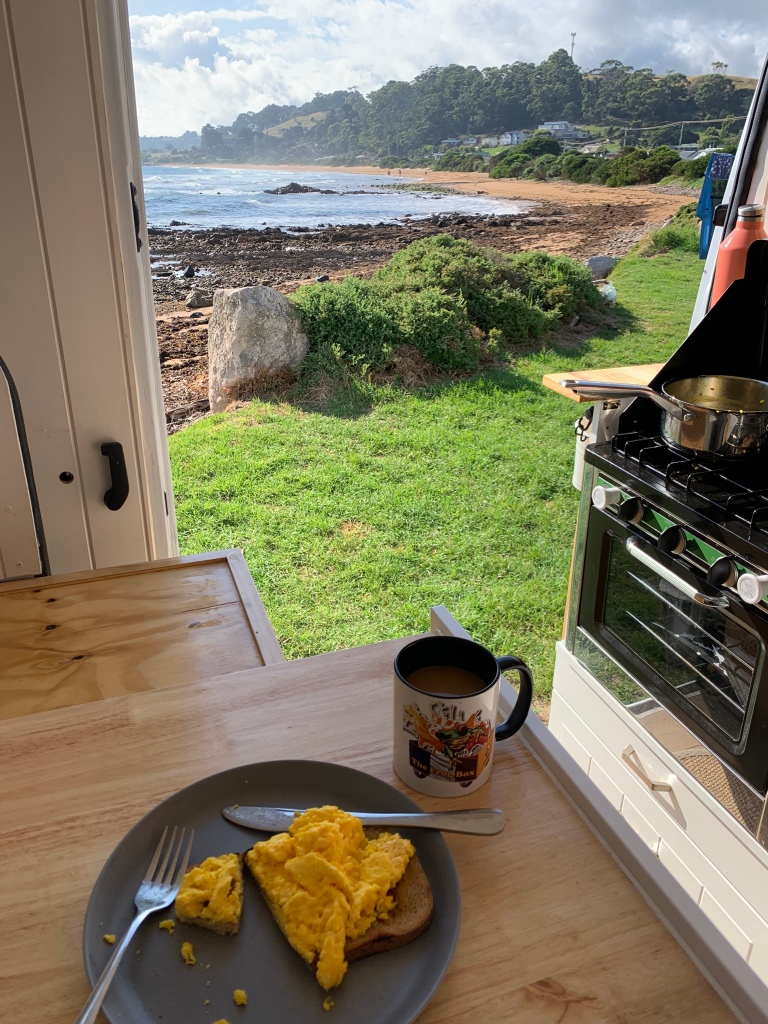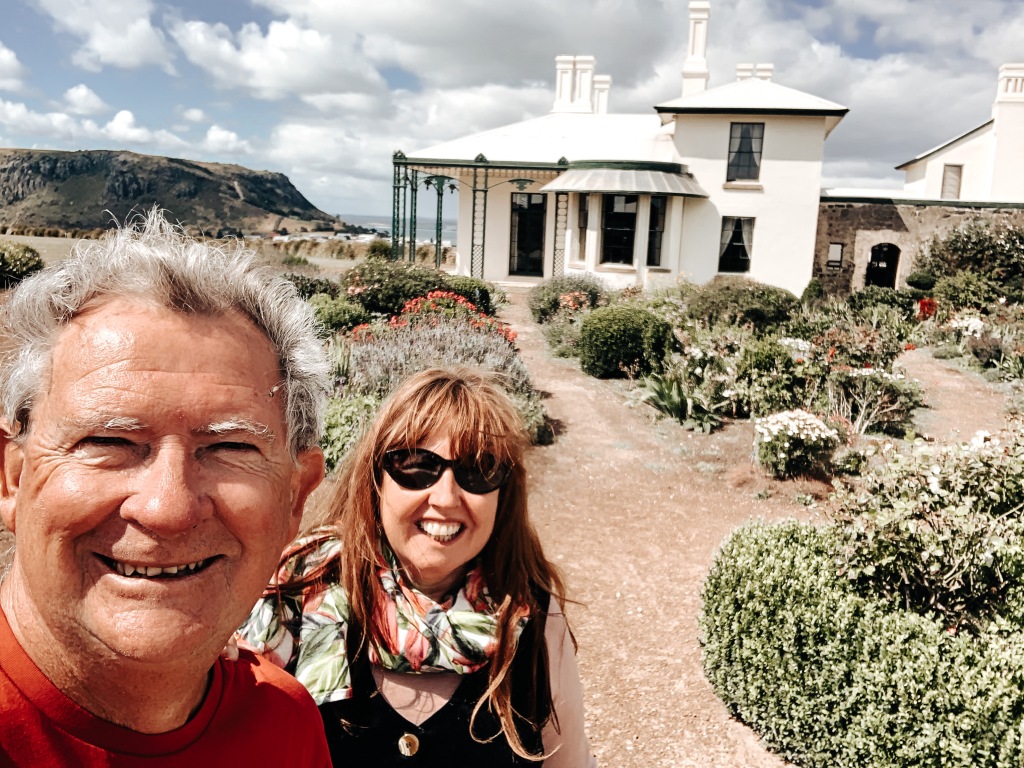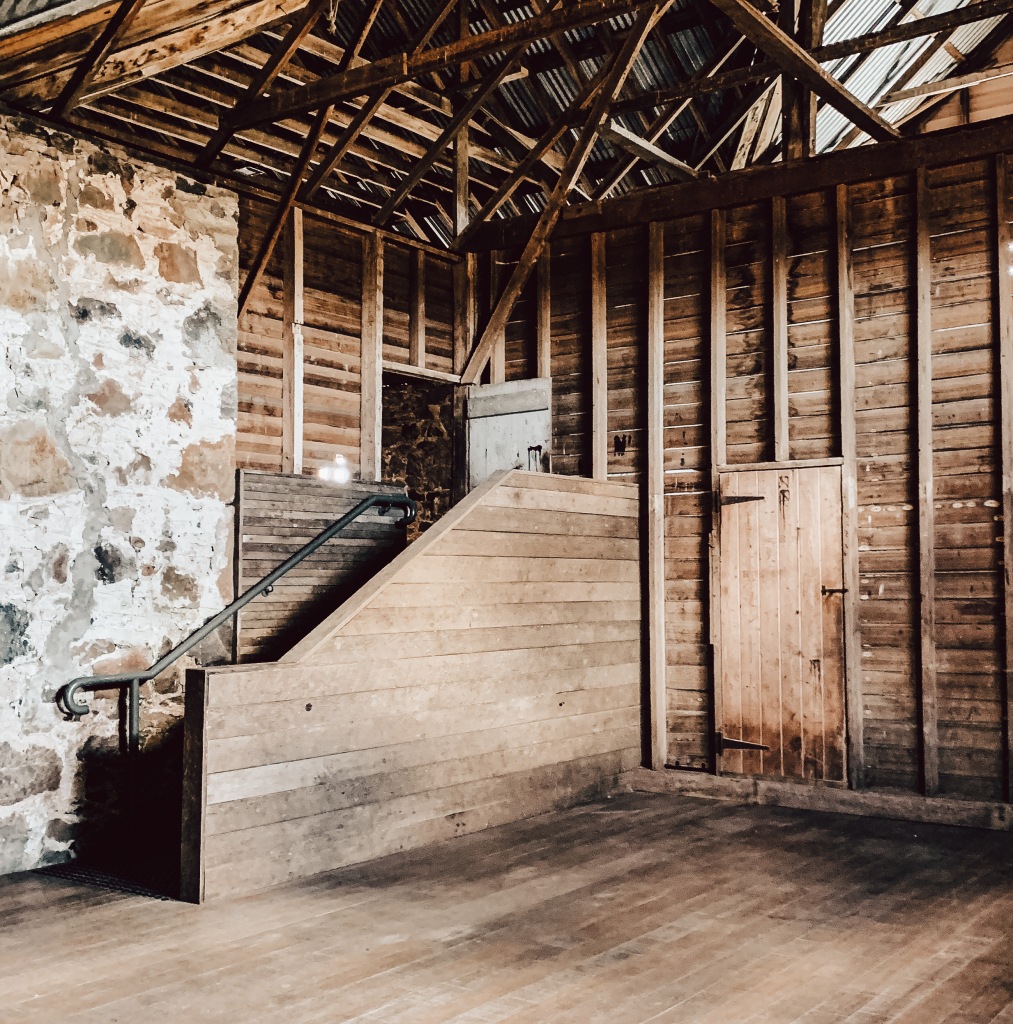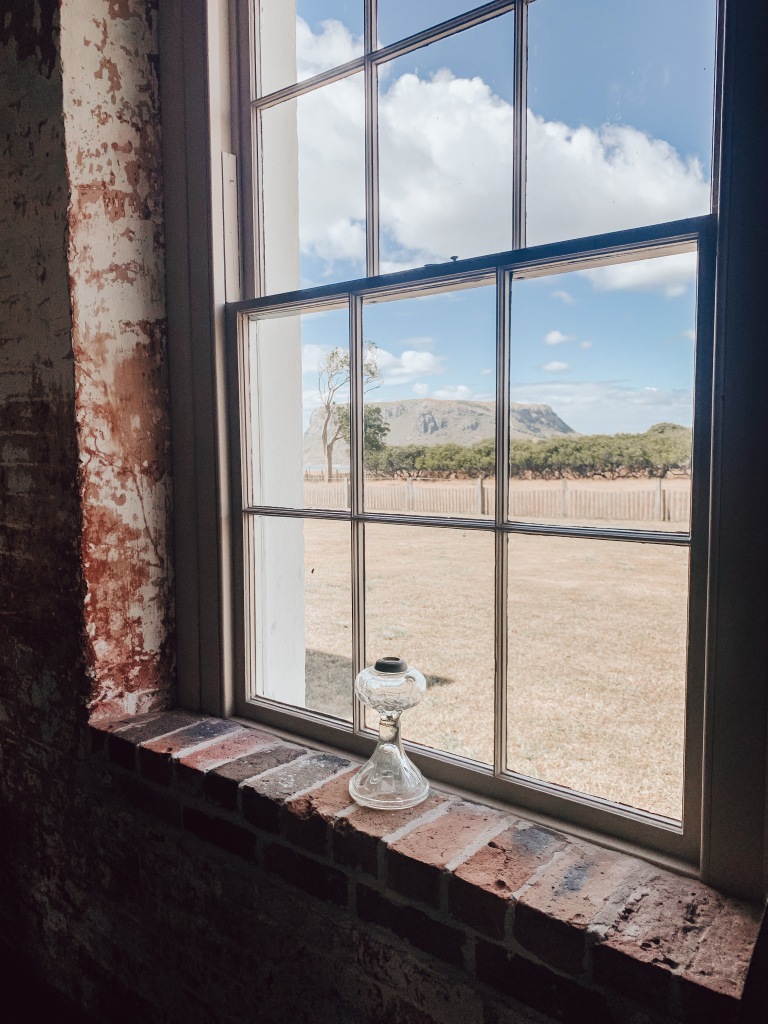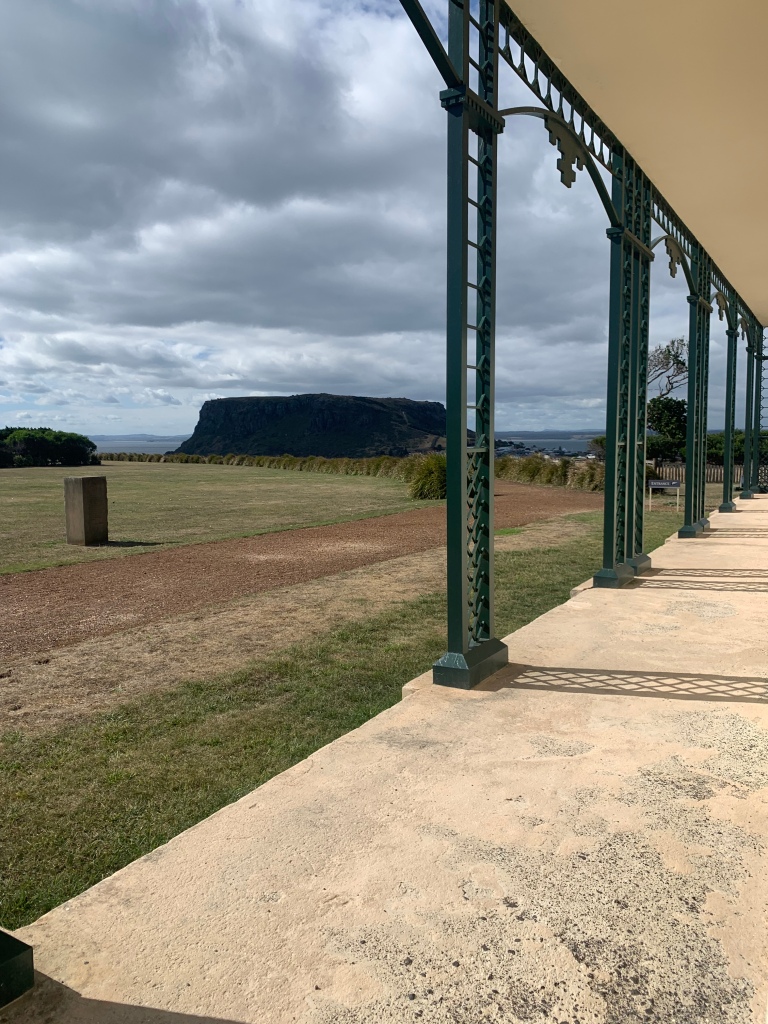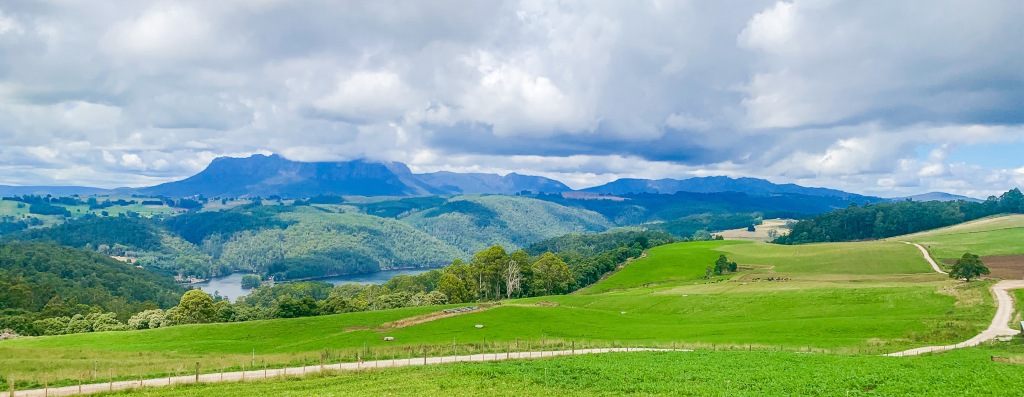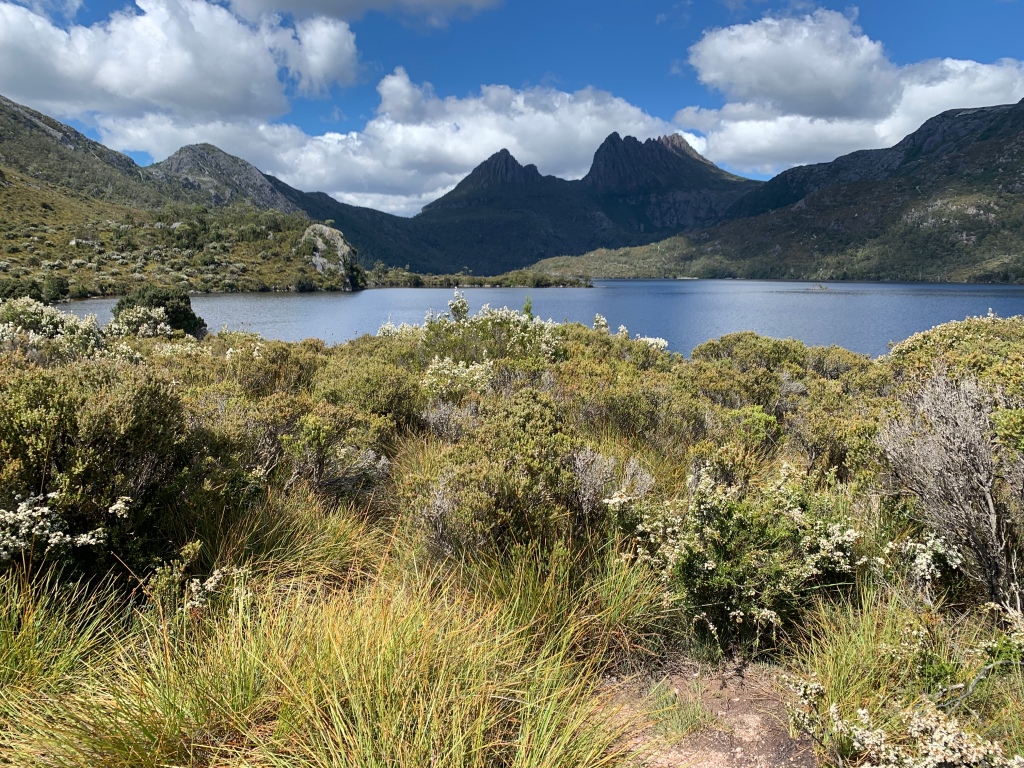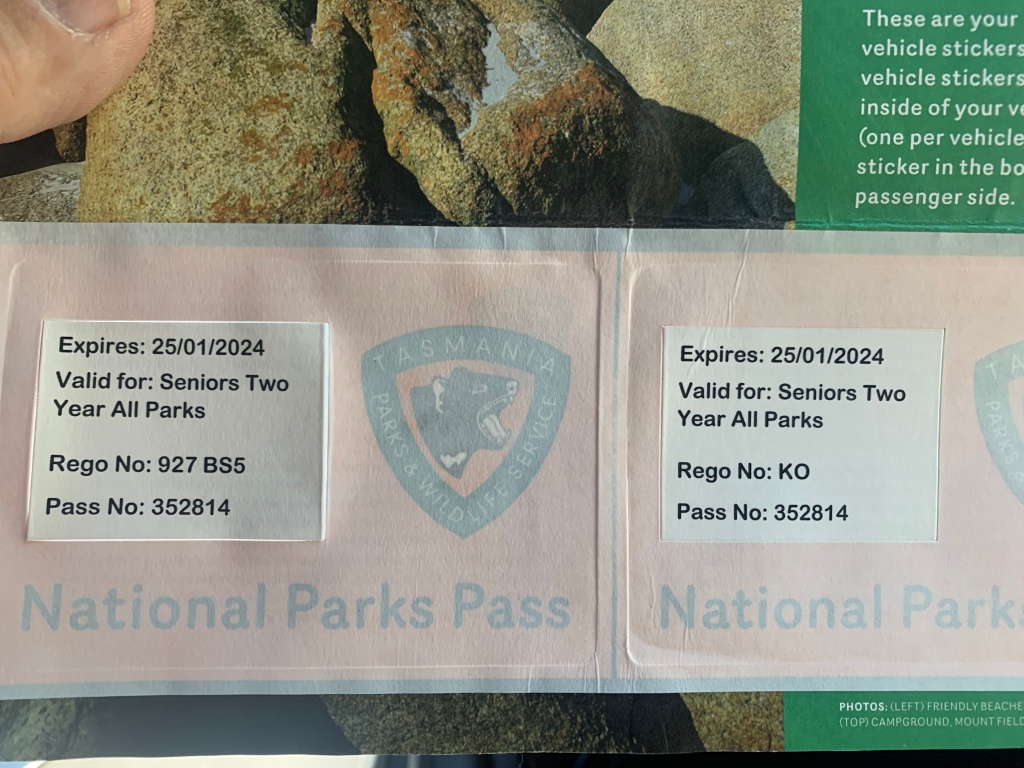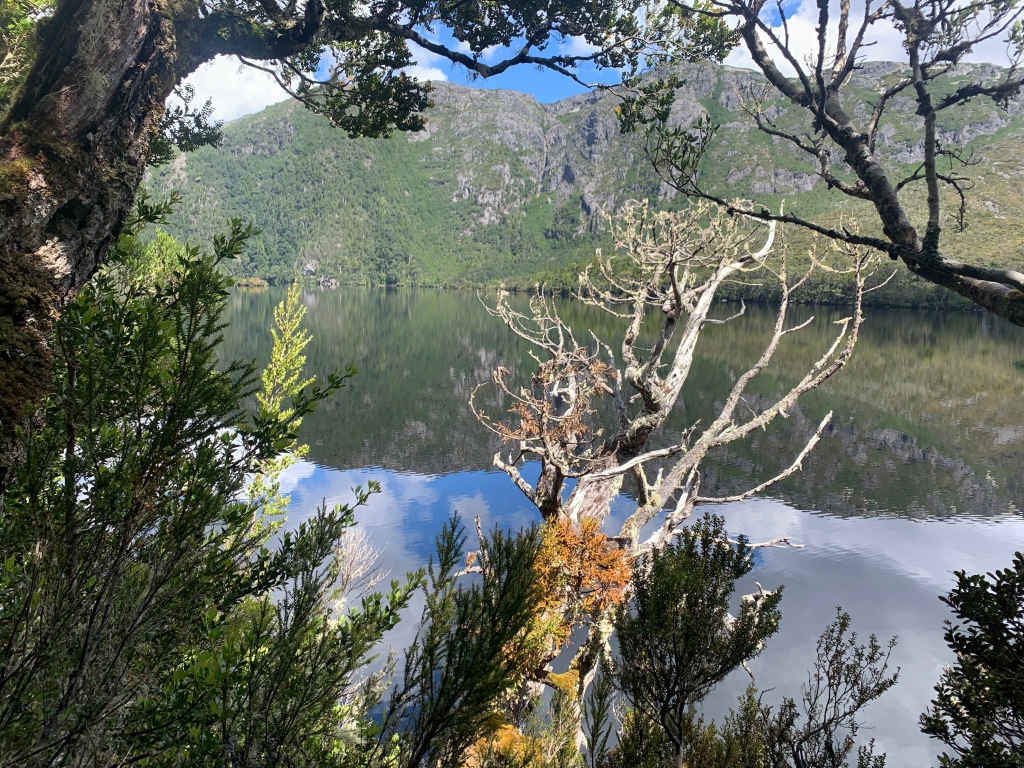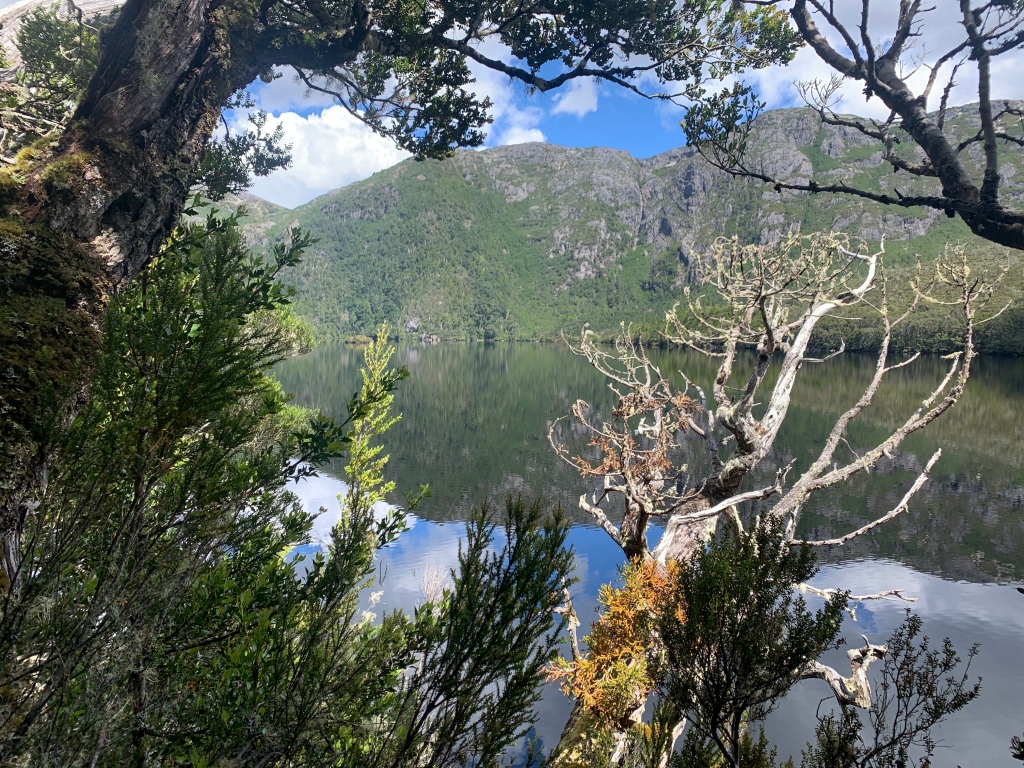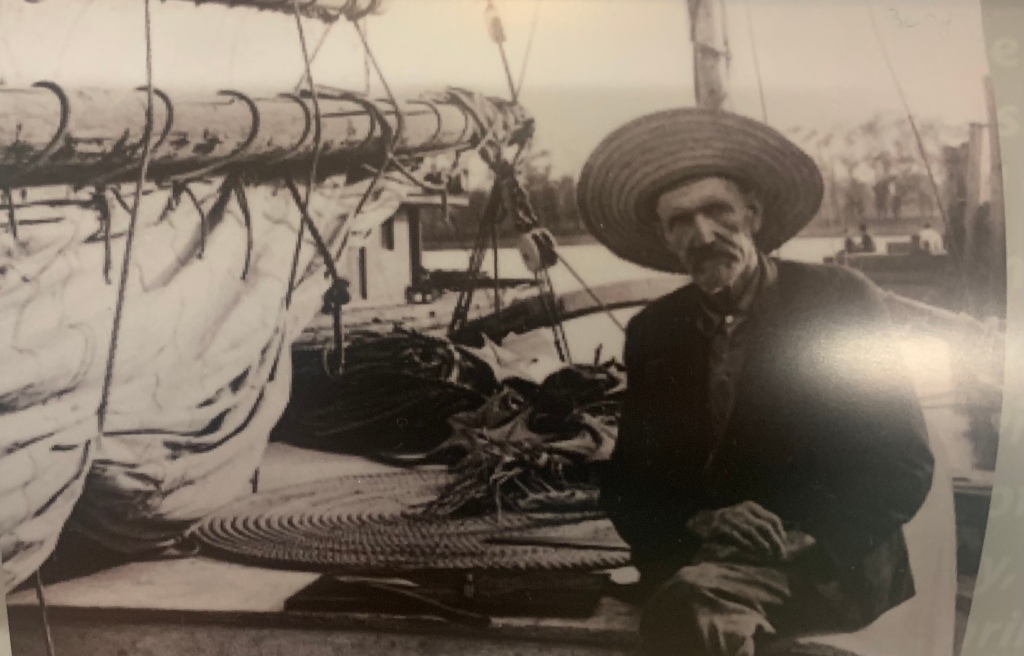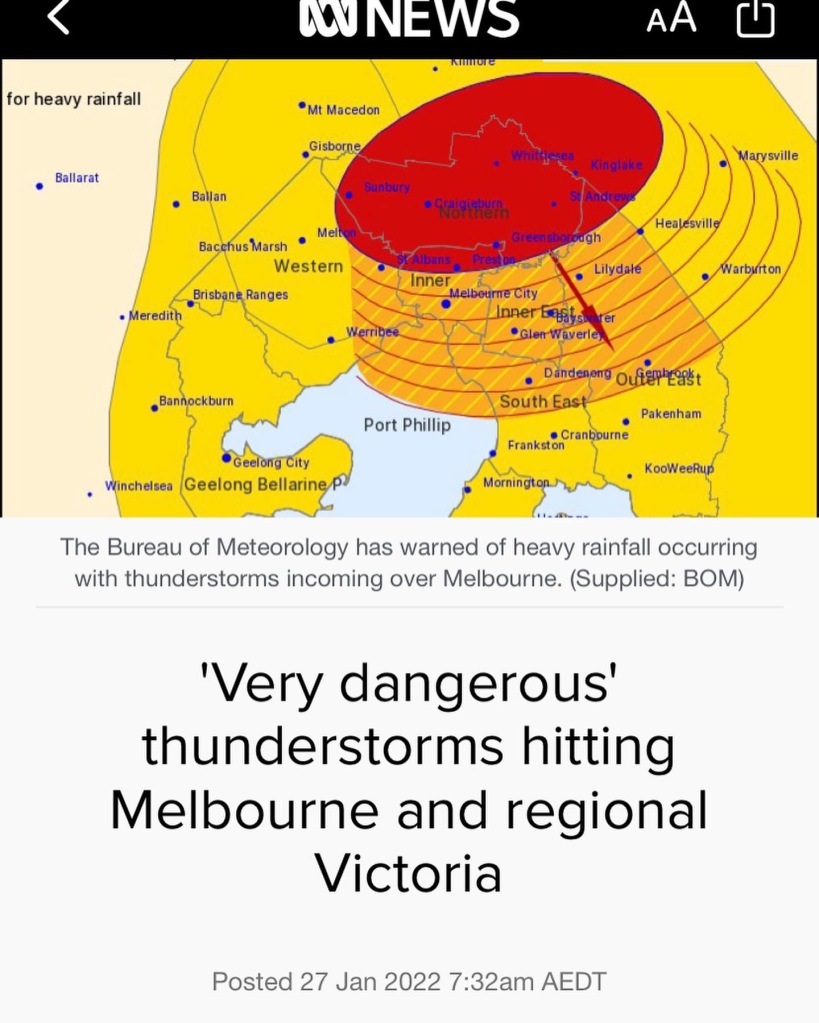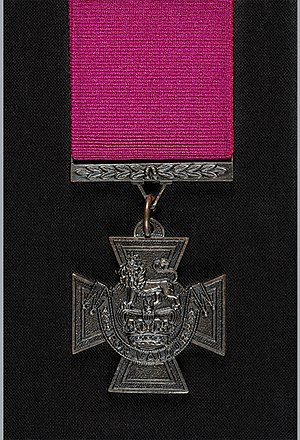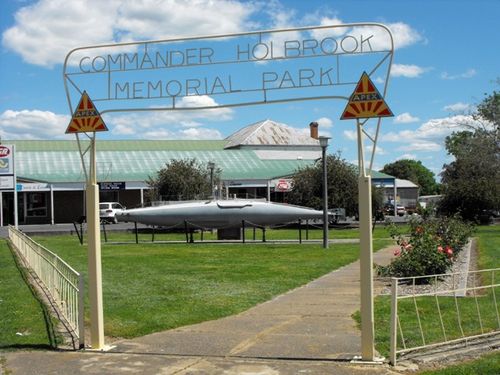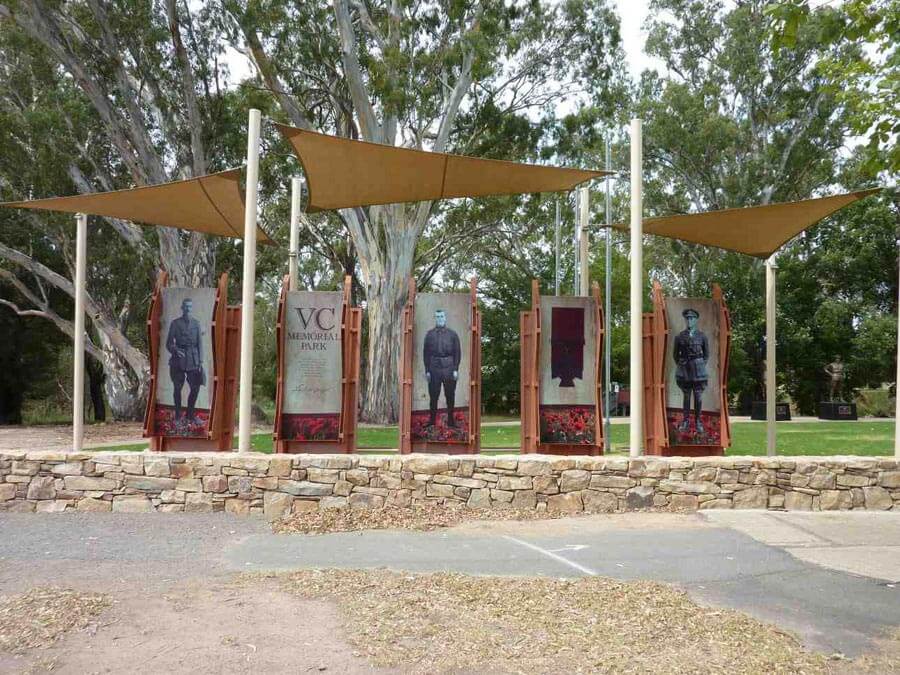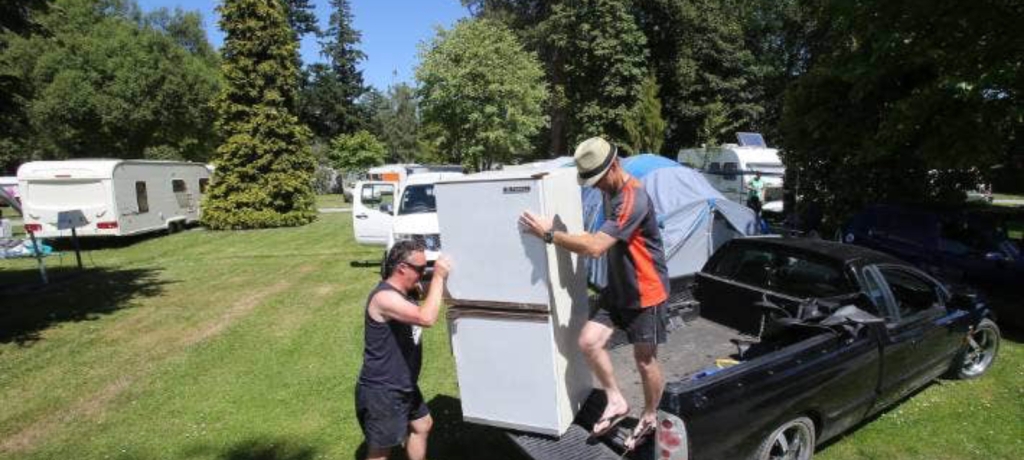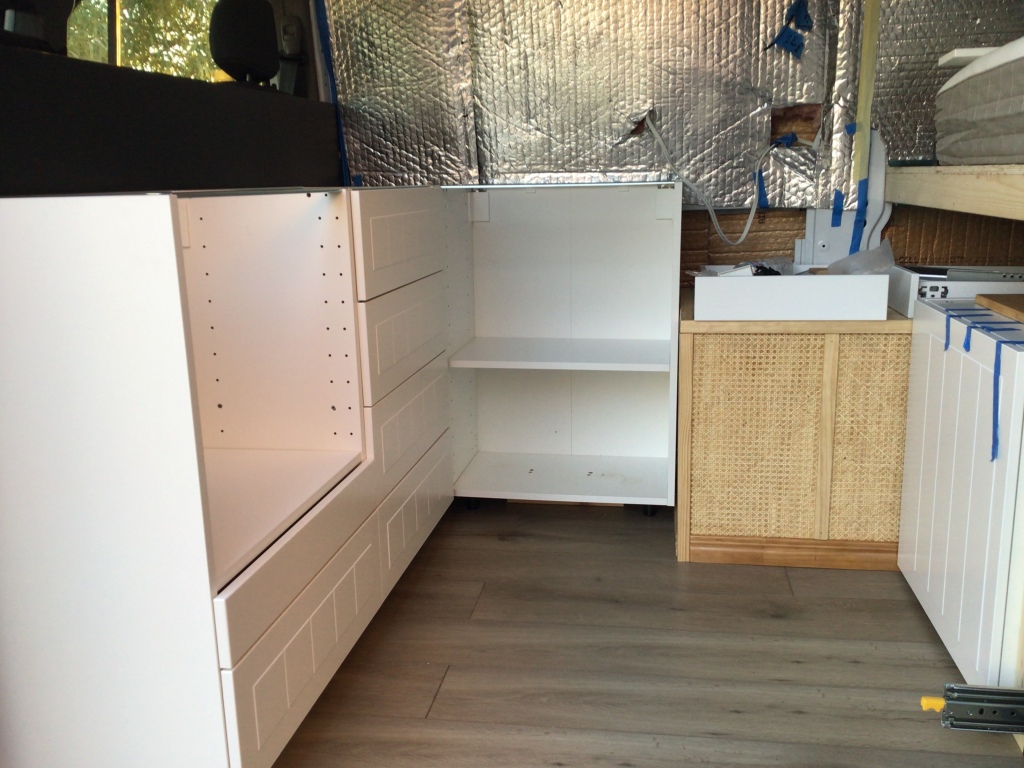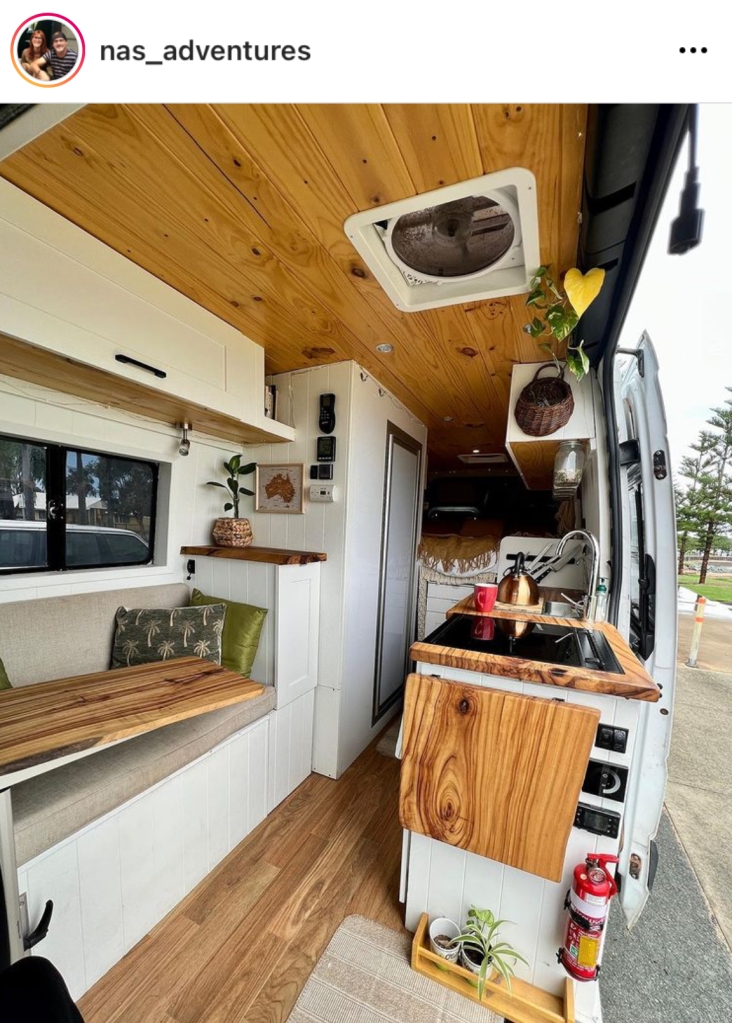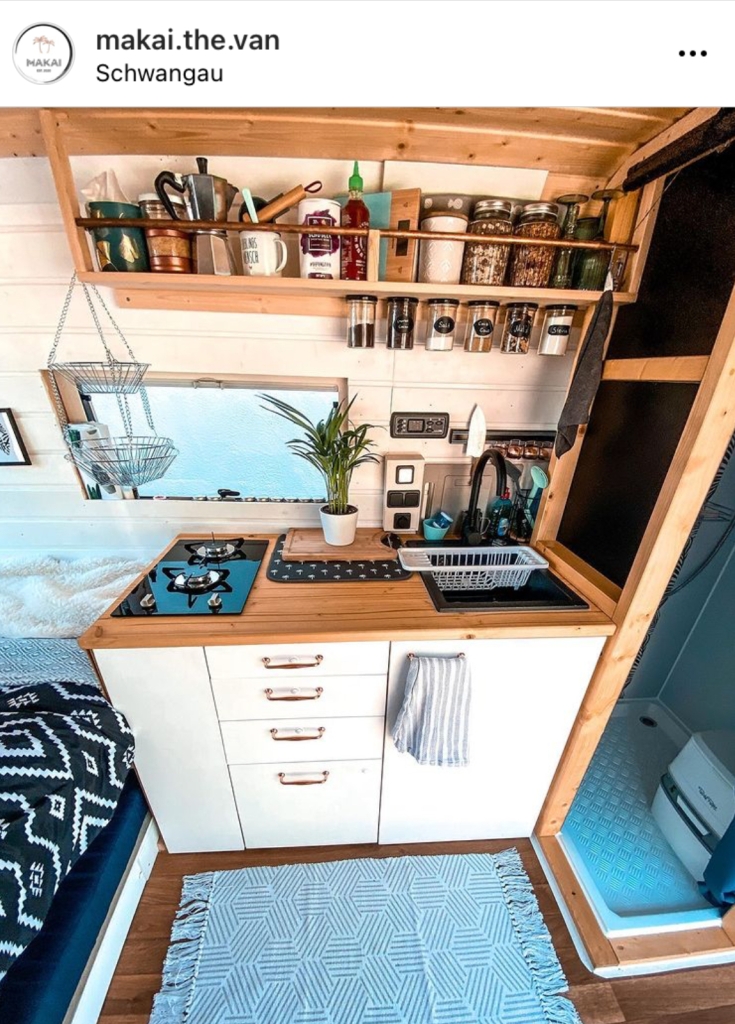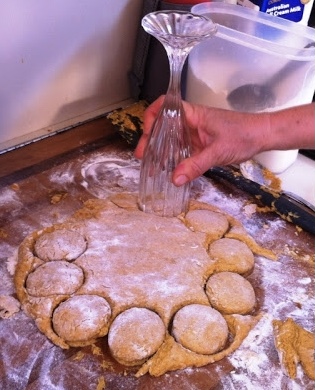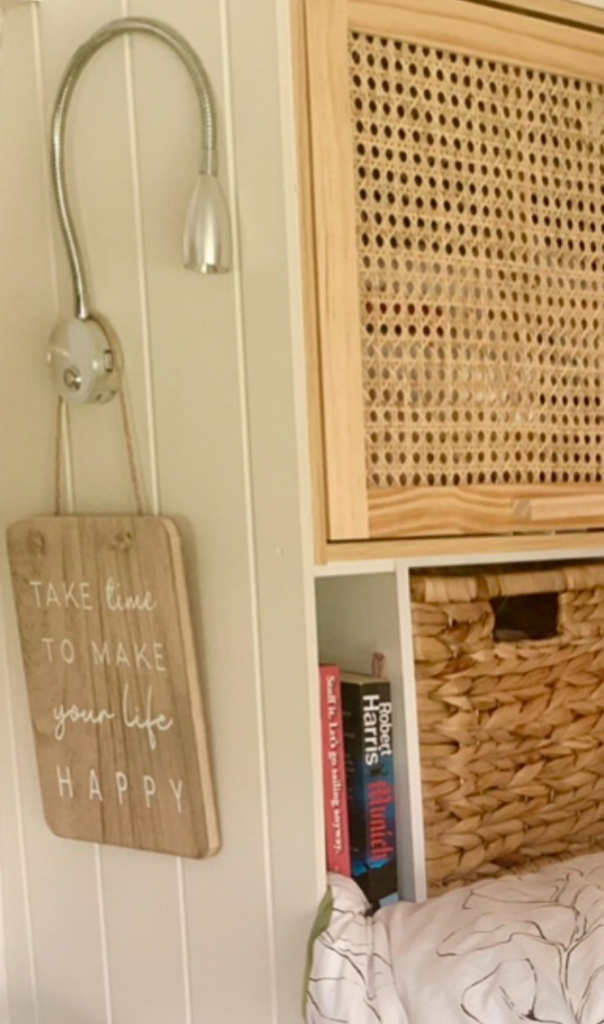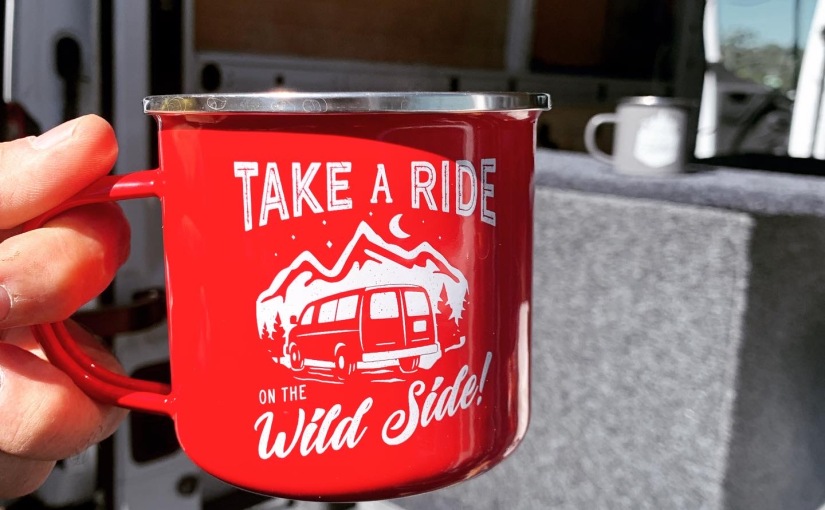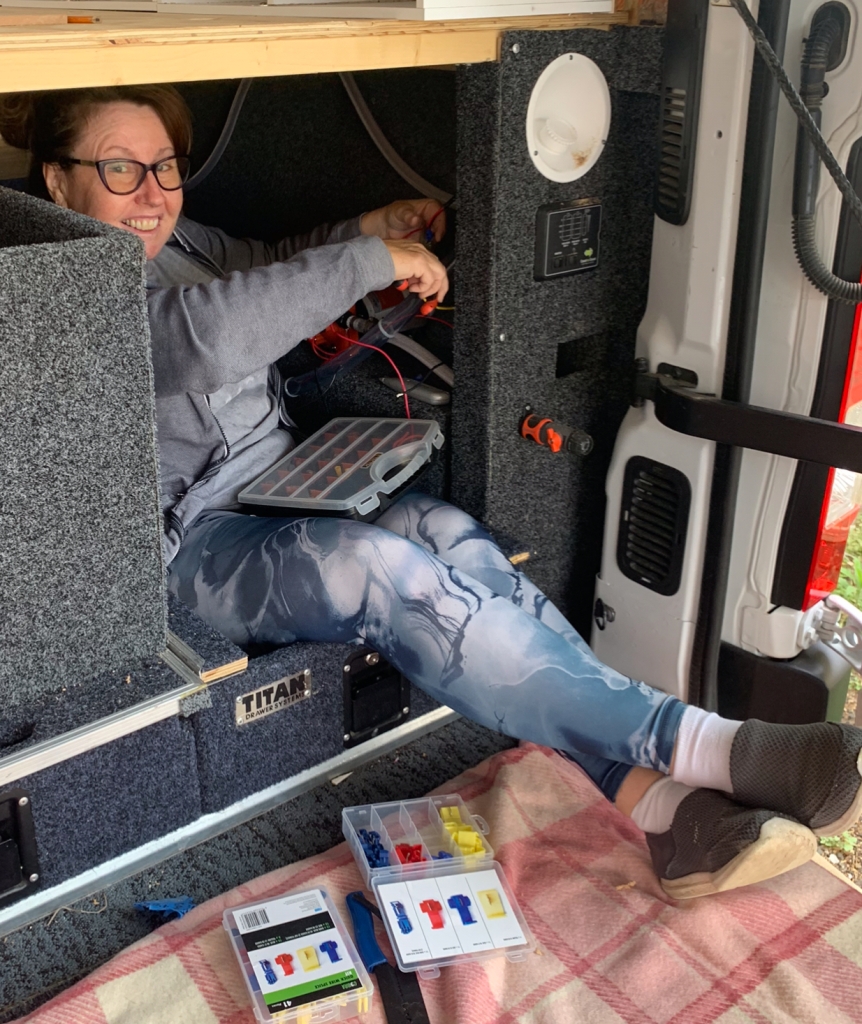This coastline is the Tasman Peninsula, officially Turrakana / Tasman Peninsula, and is located in south-east Tasmania, Australia. With its lush forests, sheltered bays, beautiful beaches and close proximity to Hobart, the Tasman Peninsula offers an abundance of fun for the adventurer. Every year, this nature rich Tasmanian jewel provides nourishment and shelter to thousands of sea creatures. Humpback and southern right whales, dolphins, seals and sea eagles are everywhere.
Have you ever been totally gobsmacked at the sheer beauty of nature around you. Has it been one of those overwhelming experiences that you just feel you could never put words to the beauty to explain it to someone else. We if you have you will know the difficulty we are having to explain just how magnificent the Tasman Peninsula is.
Sure you can tour it by car or by walks, but to experience it’s sheer awesomeness is to see it from the ocean. Ok right you know we are sailors so you would probably expect a comment like that from us. But it is truly the only way to see this incredible coastline with the highest vertical towering sea cliffs in the Southern Hemisphere, there are waterfalls, unusual rock formations, archways and deep-sea caves and an abundance of sea life and for us it was all up close and personal.
We saw it all the feeding frenzy of diving gannets, albatross and sea eagles wheeling on the wind, cliff-nesting cormorants and peregrine falcons and a playful pod of dolphins surfing the bow wave of the boat. We had the front seats to Mother Natures show. Dressed in our red condoms to ward off the bitter cold wind we embraced this amazing opportunity to take in everything we could that this wild seascape offered.
We started our tour just down the road from where we were camping in the NRMA Park. From the tour office we took the option to take a 15 minute walk to where the boat was moored in Stewart’s Bay. Once dressed (in our red condoms) and seated onboard we were asked to place all belongings off the floor and to fasten our seatbelts for a ride like no other. This purpose built boat offers covered but open to the air, tiered seating with an excellent all-round view to connection with the environment. The boats are comfortable and gentle on the environment due to their fuel efficiency and low emission operation.
Being environmentally friendly is of particular important to the operators of this tour company, family run with a 21 year history, Pennicott Wilderness Journeys has become a highly acclaimed environmental tourism operator and has won 29 Tasmanian, 1 Victorian and 14 Australian Tourism Awards. Driven by a desire to share their success and give back to the environment and community, they established the Pennicott Foundation as a flagship for important philanthropic activities. A portion of our cruise ticket goes to the Foundation, which has contributed to eradicating feral cats from Tasman Island and rats from Big Green Island. Since the successful eradications, over 100,000 breeding seabirds are saved each year, and breeding is now well established back on the Island. The foundation continues to work and support many projects close to it ethos.
Leaving the dock at Stewart’s Bay, we first toured Port Arthur the skipper gave a running commentary which we must say with the wind in our ears was very hard to hear most of the time. From Port Arthur itself we headed along the protected shores overlooked by Arthur’s Peak. This is where we picked up some hitchhikers on the bow wave and they were certainly in a playful mood.

One of the most fascinating behaviors of dolphins is when they ride the bow pressure waves of boats. There is often quite a bit of jostling for position at the bow, as dominants of a group edge others to a less favourable position, or as one is displaced from the bow by another one approaching. It was great fun to lean over the bow and watch these interanimal antics. For us we have seen it many times but you never tire of seeing it and it was a delight to hear others onboard seeing it for their first time.
We continued on with the dolphins staying with us for quite sometime, but as we neared the open water the swell increased and the dolphins probably knowing that we had more to see peeled off one by one into the deep ink blue sea. Coming out through the heads of Port Arthur there was certainly a change in the sea conditions we were all asked by the attentive crew member if we were all feeling ok. Everyone was doing fine, though the swell had increased it was a moderate day with no white caps to be seen just a good size ocean swell, the weather gods had looked kindly on us today. It’s worth mentioning at this point that the cruise is weather dependent and the route that you take may vary due to weather as well. But it was all good so far.
At the start of Tasman Passage we encounter the sheer dolerite cliffs rising 280 metres from the sea. Beyond The Blade is Tasman Island, and ahead we could see Cape Pillar in the distance, what a spectacular sight.
Continuing on through Tasman Passage we encountered our first of the sea birds, sea eagles circling high catching the thermals and looking for prey. On the cliff faces we saw nesting cormorants perched high on the smallest of outcrops. How can they sleep and not fall off. Then we turned the corner to see Tasman Island. One of the most isolated light stations, the island is now part of the Tasman National Park.
Separated from Cape Pillar by the narrow Tasman Passage, the island’s formidable appearance is awe inspiring. With the highest operating lighthouse in Australia, since 1906. Automation of the lighthouse was in 1976 signalled the end of light keeping as a way of life with keepers withdrawn in May 1977 Tasman Island is an icon of Tasmania and is known as the home stretch for the world famous Sydney to Hobart race. Now a safe breeding sanctuary for fairy prions and safe haven for a seemingly endless number of and sea life. It is here that we see our first seals, leisurely taking in the sun rays beating down on the rock ledges they really didn’t take much notice of the ooo’s and aah’s of the tourists on the boat so close I could feel I could reach out and pat them.

Now it is time to follow the spectacular sweeping coastline to Cape Pillar. Cape Pillar is the jewel in the crown of the Tasman Peninsula’s colossal coastline, with cliffs rising to 300m high. The rock is Jurassic dolerite, the remains of a drowned escarpment, with kilometres of columns, stacks, chasms and great walls rising abruptly from the deep ocean waters, but with just as much below the waterline. Cape Pillar itself is quite extraordinary and descriptions such as “awesome coastal scenery, once seen, never forgotten”, “one of the world’s most fearful sea cliffs” are the quotes that come back to me as I stare at this magnificent landscape before me. It is simply breathtaking.
From Cape Pillar we ventured our further into the ocean to spot more beautiful creatures of the sea. These boats move fast so you real do get a lot packed into your 3 hour tour. Heading back towards the coast you get a true perspective of the grandeur of this landscape. This is as close as we would dare bring Our Dreamtime to the coast and this cliffs still look huge. We are now going into see some unusual rock formations, if we hav yet seen some 😜
Tessellated Pavement this unusual geological formation gives the rocks the effect of having been rather neatly tiled by a giant. The pavement appears tessellated (tiled) because the rocks forming it were fractured by earth movements. The fractures are in three sets. One set runs almost north, another east north east, and the third discontinuous set north north west. It is the last two sets that produce the tiled appearance. This tessellated pavement is one of the largest in the world. This was very hard to photograph from the ocean with the wrong tide, but this is a photograph taken from Eaglehawk Neck on our walk.
Tasman Arch A natural arch which is an enlarged tunnel running from the coast along a zone of closely spaced cracks and extending inland to a second zone that is perpendicular to the first. The roof at the landward end of the tunnel has collapsed but the hole is too large and the sides are too high to form a blowhole. The tunnel was produced by wave action. The arch ceiling is 52.7 m above sea level. Most people only see the land-side view – but from the boat alongside the coastal cliffs offers a different and amazing perspective of the arch.
Tasman Blowhole the largest blowhole on theAustralian coastline, it takes the form of a long tunnel which opens out into a large collapsed cavern into which the waves of the ocean blow. On days where rough seas occur, the water can spurt over 10 metres high. It is best seen at high tide, but is attractive at any time. We were there on what is considered a calm day. Because of this we were able to get up close a personal to all of these amazing costal features.
This has truly been an unforgettable journey to the island’s most south-easterly tip.
In summary, we totally enjoyed this cruise and recommend doing it, however it is expensive and for some it maybe out of reach but if you know the costing before venturing to Tasmania you could budget for it in advance and we believe totally worth it.

this shows how close to get to this magnificent landscape


If you would like to ride along with us whether it be on the high seas or on a dusty road out west, consider being a patreon find out about it here Dreamtime Patreon every little bit helps to keep us on the road producing Youtube and writing blogs as we hope you enjoy them.
Please subscribe to the blog so you will be notified each time we post. To subscribe head to our home page.
We love to read your comments so if you have any questions pop them below, we will be sure to get back to you.
If you are interested in the products we used on our van build, our product page has a list. Many of these items we sourced secondhand, others we purchased from the manufacturer or retailer. We have found them online and listed them for you. Some of the links supplied we have an association with and we will receive a small commission if you purchase through the link, but it is free to look and do your research we can not promise all links to work as retailers may remove items, but we will do our best to update them
Join us next time when we discover Launceston.
